Space
What would happen if gravity stopped?
Published
1 month agoon


What would happen if gravity stopped?
You may have thought about this interesting question at least once: what if humans were not naturally attached to the earth? Unlike many birds and insects, humans are not born with the biological ability to defy gravity, or the force that literally keeps our feet on the ground.
Along with strong nuclear forces, weak nuclear forces, and electromagnetism, gravity is one of the four fundamental forces of nature. Gravity is the force of attraction between two specific objects. Anything in the universe that has mass, whether it’s a coral reef, a spider, or a popular pop singer, attracts other objects with mass. The strength of this attraction depends on how heavy the objects are and their distance from each other.
When you hear the word gravity, planets come to mind, and because of this, it becomes a little difficult to imagine it on smaller scales. Maybe that’s why this basic prerequisite for our existence is ignored; But what happens if gravity fails? What if gravity disappeared or was reduced to one-tenth? According to the laws of physics, the scenario of sudden removal of gravity from Earth is impossible, and the planet is lucky because of this because if gravity is removed, very bad things will happen. In this article, we mention the consequences of the disappearance of gravity, which you may find interesting to read.
Loss of muscle mass and bone strength
 The lack of gravity can cause irreparable damage to the muscles and bones of the body.
The lack of gravity can cause irreparable damage to the muscles and bones of the body.
Obviously, if gravity is lost, many problems will occur. On smaller scales, the body’s performance will be impaired.
Astronauts have a lot of experience in living in a microgravity environment. “Zero G-force” or what is commonly mistakenly called “zero gravity” is equivalent to “weightlessness” in nature. This happens when the spacecraft’s acceleration cancels out Earth’s gravity. On paper, this may seem attractive, but in practice and for a long time, it can be dangerous and even fatal for human health.
Since humans are born on Earth, which is an environment under the influence of gravity, the growth of the body is strongly affected by the downward pulling force of gravity. In fact, our body is under constant pressure and our muscles and bones are resistant to this pressure. Now, if gravity disappears for a long time and the mechanical pressure loses its effect, the body produces fewer bone-forming cells, and thus the bones lose their mass and become vulnerable to fracture.
The absence of gravity will have more severe consequences. In this situation, the calcium that is normally stored in the bones enters the bloodstream and will lead to consequences such as kidney stones, abdominal movement problems, and many other complications. According to research, the bone strength (14% after six months of space stay) and the muscle mass of astronauts (up to 20% within 5 to 11 days) are significantly reduced.
Your sense of balance is disturbed

It is interesting to know that humans have more than five senses. The sense of balance is one of the most important senses that helps us distinguish between up and down and prevents falls. This inner sense of balance is the one that allows you to ride a bicycle, walk on a straight line, stand on one leg, or move your head and legs without swaying.
All the mentioned tasks are made possible by a complex system inside the inner ear of people. This system maintains the movement path of the body, different paths and their connection with the current position of people, and gravity plays an important role in all these activities.
The balance-regulating organs in the ear, which include the pinna and semicircular canals, are not essential for human survival. However, removing them will cause many problems. To better understand, imagine that you are on a roller coaster and you feel sick from the constant back-and-forth motion, but there is no escape. This situation occurs when there is a problem in the organs of the inner ear.
The number of red blood cells decreases
 In the absence of gravity, the production of blood cells in the body decreases.
In the absence of gravity, the production of blood cells in the body decreases.
The human heart pumps more than 7500 liters of blood daily. Gravity plays a vital role in this process, and since the human body is used to living on Earth, the amount of effort the heart makes depends on the force of gravity. Removing the force of gravity from this equation can deprive vital parts of the body such as hands and feet and the digestive system of blood.
According to Nature, the sudden disappearance of gravity strongly affects blood pressure. Under normal conditions, the brain can withstand a pressure of about 60 to 80 mm Hg, while the pressure in the legs reaches 200 mm Hg due to bearing the entire body weight. This ideal balance in blood pressure is established thanks to gravity.
Now, if gravity suddenly disappears, this is what will happen: the blood pressure in the whole body will reach 100 mmHg, and the effects will show quickly. First of all, the face swells due to fluid drainage, the legs swell, the vision is severely reduced, the blood vessels are torn, and you may also have a stroke, which can lead to permanent damage to the brain. Also, the number of red blood cells decreases, which is known as anemia, which can lead to a lack of oxygen, a longer recovery time after the accident, and a severely compromised immune system.
You can’t sleep well
 You cannot sleep well in weightlessness.
You cannot sleep well in weightlessness.
Despite numerous researches, it is still not clear why humans need sleep for survival. What experts do know is that there is a strong connection between gravity and sleep patterns and sleep quality, and without it, sleep will be severely disrupted.
Astronauts rarely experience good sleep. This problem occurs especially in long-duration spaceflights or long-term low-gravity experiences. Even the simple act of lying down is very difficult for them; Because how can they lie on a certain spot when there is no up and down? Also, their body clock is disrupted which affects sleep patterns. Plus, since there’s no gravity to hold them while they sleep, using sturdy sleeping bags is a must.
Also, if you can even sleep in zero gravity, you are unlikely to have a good sleep experience. According to a 2018 study, since gravity affects the body during waking hours, it also affects the body during sleep. This study shows that gravity affects REM (rapid eye movement) sleep while dreaming. REM sleep is possible when the body is lying in a proper position in zero gravity.
Nothing remains in place
 In the absence of gravity, all objects will float in the environment.
In the absence of gravity, all objects will float in the environment.
Perhaps the most obvious effect of suddenly removing gravity is that nothing stays in place. You can imagine zero gravity as everything floats in the sky. However, the reality will be far beyond this scenario. Everything will be much more chaotic and somewhat funny and of course very chaotic.
Gravity is the reason why your car and belongings are in the workplace and the reason why family members are in their homes. However, remember that the Earth is constantly moving. A person standing on the Earth’s equator actually moves at a speed of more than 1600 km/h. When a car accelerates suddenly, objects and people inside it shake violently. In this sense, removing gravity is just like removing all the belts that prevent everything on Earth from moving around.
In short, in the absence of gravity, everything is not placed on the ground with sufficient strength; Whether it’s a person, a table, or a car, everything will be thrown around at high speed. Even the houses and buildings will not be safe and eventually, there will be a lot of damage.
Everything will float in space
 With the disappearance of gravity, everything will move towards space.
With the disappearance of gravity, everything will move towards space.
Anything that moves around after gravity is removed won’t stay on Earth very long. As the earth rotates, all objects, no matter how big, will float into space. Do you think being in a big building or a shopping center will keep you safe? think again In fact, you will find yourself floating towards the ceiling as everything gets messed up. If you can survive this stage (of course, it should be noted that the equipment and supplies will also float), you can see the whole building moving and floating at a high speed.
And if you think that only objects are affected by the absence of gravity, you are wrong. It is the gravity of the planets that keeps the moons in orbit. In other words, when the earth’s gravity says goodbye to us, the moon will also say goodbye to us.
Earth will lose all its water bodies
 With gravity removed, oceans and seas would no longer remain on Earth
With gravity removed, oceans and seas would no longer remain on Earth
When we say everything disappears in the absence of gravity, we don’t mean just objects, but also larger environments and natural resources.
The bodies of water will not remain on the earth’s soil and there will definitely be a terrifying sight. The huge volume of water rises up and is launched into space like a rocket. As these water bodies move away from the earth, they collapse and form smaller bodies that gradually move away from each other.
At some point, you will probably see whales, dolphins, sharks octopuses, and all kinds of marine life flying and drifting away in bubble water prisons against their will. These scenes may be fun to watch at first, but many of these creatures can die from shock, dramatic temperature and pressure changes, and other dangerous consequences of unexpected flight.
Earth’s atmosphere will also escape
 With the removal of gravity, the Earth’s atmosphere will disappear.
With the removal of gravity, the Earth’s atmosphere will disappear.
You may not think of the Earth’s atmosphere as a body that is affected by gravity. However, the absence of gravity will definitely affect it. The lack of atmosphere will have terrible consequences for the planet Earth.
Like most of Earth’s water bodies, gravity is the only thing holding the Earth’s atmosphere together. In fact, the Moon’s relatively weak gravitational pull is the reason for its very weak atmosphere compared to Earth’s. Because in the absence of gravity, all the things on the earth assume a disorderly and chaotic state, the molecules of the atmosphere also suddenly come out of outer space. Obviously, the atmosphere contains oxygen, which gives life to most of the organisms on Earth.
Also, if the Earth’s atmosphere were to disappear, the air pressure would change rapidly and dramatically. In this situation, if you are on the plane, your ears may be seized, which you usually experience when the plane takes off. The absence of atmosphere makes this situation a hundred times worse.
The earth breaks up and forms several lumps
 In the absence of gravity, the planet Earth breaks up into smaller masses
In the absence of gravity, the planet Earth breaks up into smaller masses
It should be emphasized that the probability of a zero gravity scenario is zero because the only way to change the gravity of the Earth is to change its mass. Since the mass of the Earth is constant and there is nothing to destroy large parts of our planet, we are not in danger. This is good news because if gravity were to disappear, our planet would be doomed.
Gravity is actually the factor that preserves the earth and connects the inner core, outer core, mantle, and crust together like glue, and in this way, these layers remain fixed during the rotation of the earth around its axis and in the orbit of the sun; But in the absence of this glue or gravity, the inner core of the earth will be destroyed due to the intense pressure in a huge explosion. In this situation, the earth is divided into several masses that will float in space.
In the absence of gravity, the sun and other stars fall apart
 As gravity is removed from the stars, these objects will explode.
As gravity is removed from the stars, these objects will explode.
According to NASA, the Sun is so big that it can fit a million Earths in it. This star controls the earth and other planets in certain orbits due to its size huge gravitational force and being in the center of the solar system. Gravity is the factor that keeps the burning solar gases in a ball-like state. This also applies to other stars. On the other hand, black holes are incredibly heavy; In such a way that even light cannot escape from their gravitational pull.
If you extend this thought experiment and remove gravity not only from the Earth but also from the Sun and other celestial bodies, you will not get a pleasant result. Without the gravitational force holding the Sun together, the intense pressures in the Sun’s core would cause a massive explosion. The same thing can happen to all the stars in the world. Due to the distance of other stars from Earth, it is unlikely that Earthlings will witness this celestial show.
The world will become a soup of atoms
 Removing gravity from the universe would turn it into a uniform soup of atoms
Removing gravity from the universe would turn it into a uniform soup of atoms
What would happen if we extended the thought experiment of eliminating gravity to the entire universe? What would be the result if there was no gravity not only on Earth but anywhere in the universe? Simply put, there will be nothing left to separate or admire. In such a situation, the whole world will be completely flat and featureless.
Suppose you could go outside the world and see it beyond its borders. In this case, you will only see a dull and empty void, because the gravity that caused the existence of planets, stars, and black holes is no longer there, and you will only see an empty version of the universe. Since there are no planets for life to form, life as we know it would not be possible to grow in this infinite void.
You will experience an unpleasant and quick death
 In the absence of gravity, man will be destroyed in the worst possible way.
In the absence of gravity, man will be destroyed in the worst possible way.
To better understand the absence of gravity and its terrible consequences, each of the consequences must be described separately. However, although it is impossible to remove gravity from the earth, without it all bad things will happen simultaneously. First of all, your body will be disturbed, objects will move around, oceans and atmosphere will escape the earth, and the planet itself will fall apart like a biscuit that has been hit with a hammer. In addition, the departure of the moon can lead to earthquakes.
It would be like a miracle if someone survived such a situation for just five minutes; Because in such a situation, no one can even run or escape.
There are still many unknowns about gravity, although it is clear that gravity is essential for life on Earth and that the planets depend on it. However, the question “What happens in the absence of gravity?” It is interesting to note; But until we experience it for real, we cannot speak of all its consequences.


You may like
-

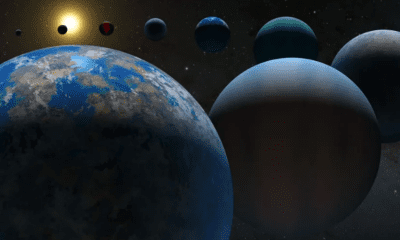


What is an exoplanet? Everything you need to know
-

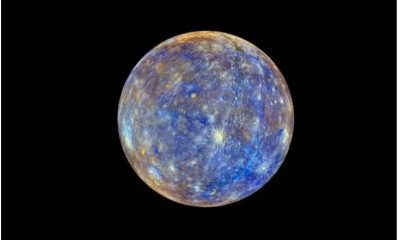


Seven surprising discoveries about the planet Mercury
-

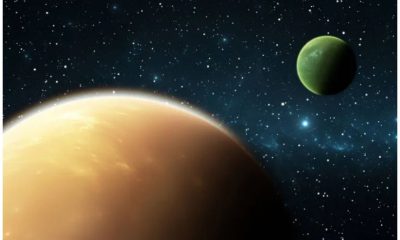


Why there is no gaseous moon in solar system?
-

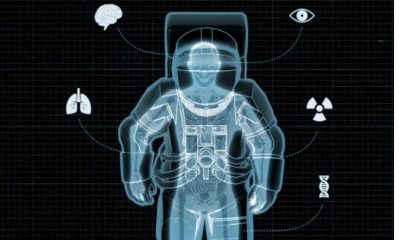


The strangest things that can happen to humans in space
-




Artificial intelligence could explain why we haven’t seen extraterrestrials yet
-




Can humans endure the psychological torment of living on Mars?


What is an exoplanet? Everything you need to know
For years, extrasolar planets have occupied the minds of scientists and dreamers. Since the discovery of the first stars in the night sky, man has been searching for the worlds that revolve around these stars. Are exoplanets rocky bodies similar to Earth? Can they have liquid water flow on their surface? Does the existence of essential elements for life in other worlds mean that we are not alone in this infinite world?
For thousands of years, humans have been trying to answer this question: Are we alone? Until the 1990s, astronomers had no evidence of exoplanets; But finally, in 1992, the first exoplanet was discovered. Since then, more than 5,000 exoplanets have been discovered in different types and categories and have amazed scientists more than ever
-
What is an exoplanet?
-
Types of extrasolar planets
-
Stone worlds
-
Gas giants
-
Introduction of extrasolar planets
-
TOI-1452b, a blue world candidate
-
WASP-39b, the first planet with a carbon dioxide atmosphere
-
WASP 103b, the rugby ball planet
-
51 Pegasi b; The first planet around a Sun-like star
-
PSR B1620-26b; The oldest known planet
-
Gliese 876d; rocky planet
-
Kepler-11f; gas dwarf
-
Kepler-452b; Earth-like planet
-
Search for life in extrasolar planets
-
Interesting facts about exoplanets
-
Detecting the color of an exoplanet for the first time in 2013
-
There are 10 billion Earth-like planets in the Milky Way
-
NASA’s Kepler space telescope has discovered the most exoplanets
-
The possibility of exoplanets around stars with high metallicity
-
Using the gravitational microlensing method to observe exoplanets
-
Most exoplanets were discovered through radial velocity
-
The transit method is the easiest way to find exoplanets
-
Exoplanets can orbit more than one star
-
Exoplanets can have harsh climates
-
Some exoplanets have strange orbits
-
Exoplanets can have unique atmospheres
-
Conclusion
What is an exoplanet?
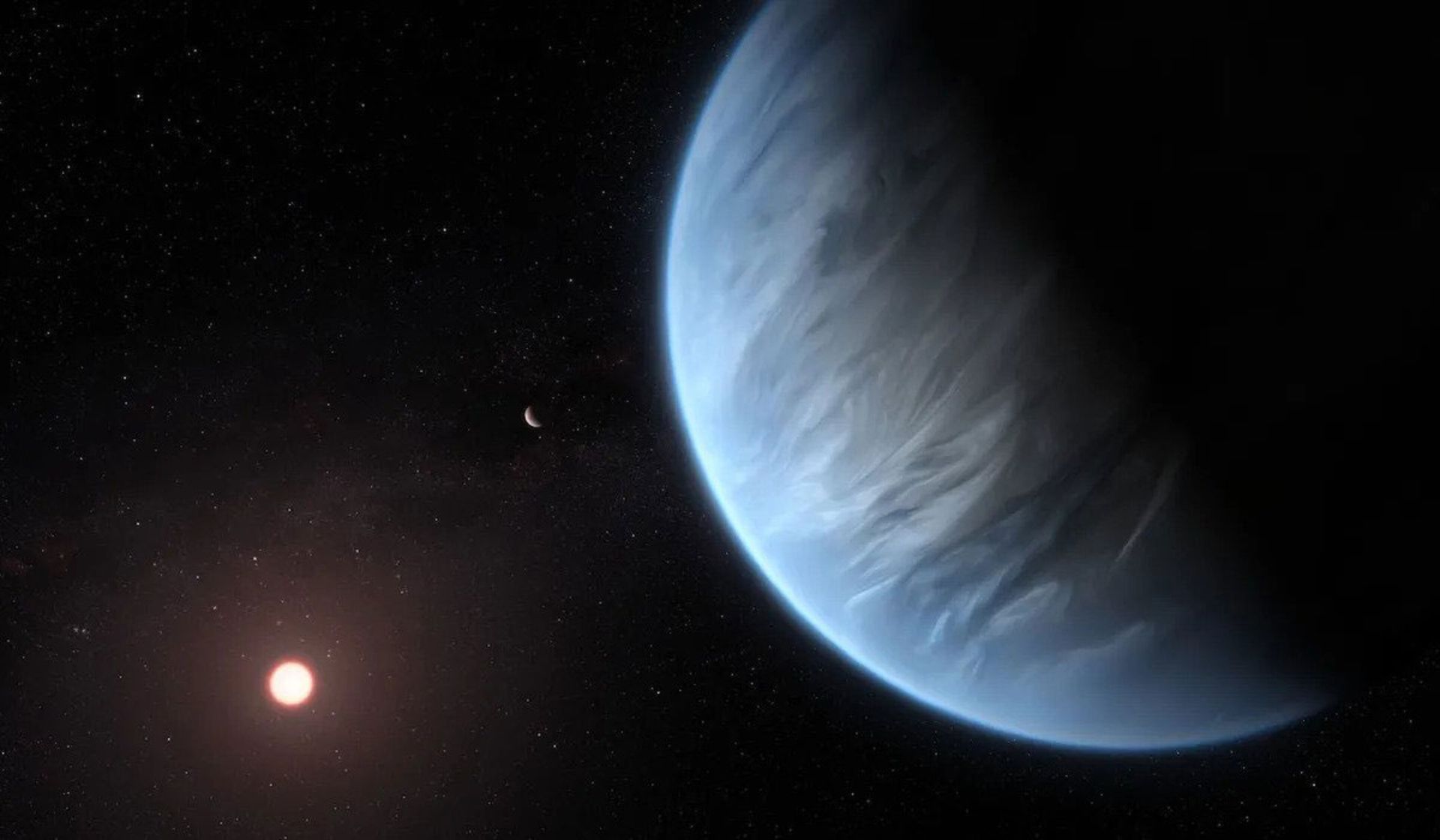 Illustration of the exoplanet k12-18b, which is a super-Earth.
Illustration of the exoplanet k12-18b, which is a super-Earth.
An exoplanet is a world outside the solar system in a different star system. Over the past two decades, thousands of exoplanets have been discovered, and most of these discoveries belong to NASA’s Kepler Space Telescope.
Exoplanets have different sizes and orbits. Some of them are giant worlds near the host star and others are icy and rocky worlds. NASA and other space agencies are always on the lookout for a specific type of exoplanet: an Earth-like planet in the habitable belt of a Sun-like star.
The habitable zone is the region of a star’s orbit where the planet’s temperature allows surface liquid water to flow. The first definition of the life belt was based on the concept of heat balance, however, based on current calculations, it also includes other criteria such as the greenhouse effect of the planet’s atmosphere. For this reason, determining the boundaries of the life belt has become a little vague.
The Kepler Space Telescope, an observatory that started its operation in 2009 and continued to operate until 2018, has the honor of discovering the largest number of exoplanets. The telescope has definitively discovered 2,342 exoplanets and provided indications of the existence of another 2,245 planets.
Types of extrasolar planets
Our solar system is home to eight planets, divided into two groups: rocky planets and gas giants. The four inner planets of the solar system, namely Mercury, Venus, Earth, and Mars, are rocky. At the same time, the four outer planets of the solar system, namely Jupiter, Saturn, Uranus, and Neptune, are classified as gas giants. Most of the planets that were discovered in the orbit of other stars are either rocky or gas giants. However, gas and rock giants can be divided into groups and subgroups.
Stone worlds
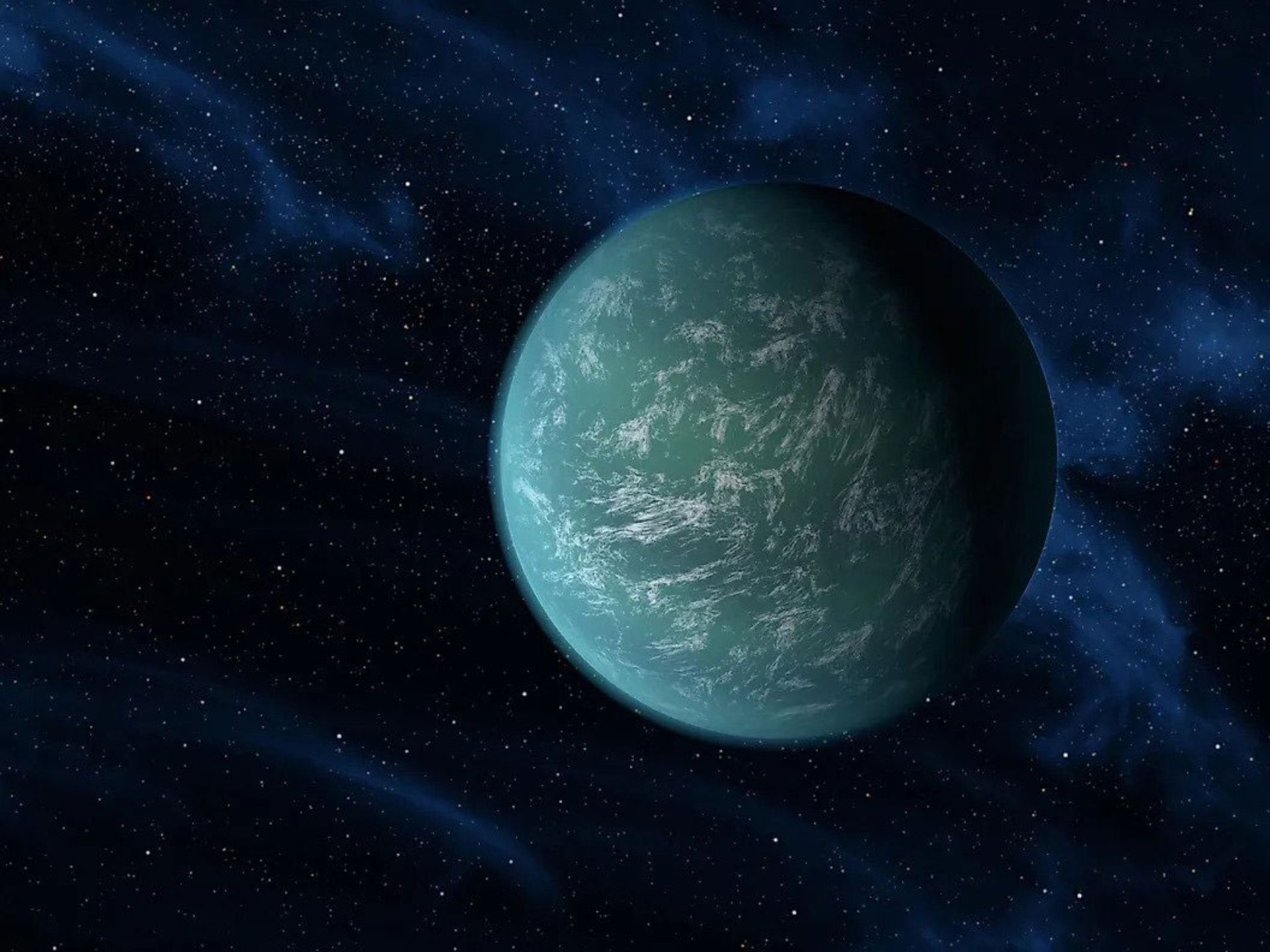
An artist’s rendering of Kepler 22b, a distant, possibly super-Earth planet
The rocky planets themselves are divided into two categories: small rocky planets and so-called super-Earth planets. Small rocky planets are the type of planets that are also found in the solar system. Although the rocky planets in the solar system differ from each other, they all fall into one category.
However, exoplanets do not exist in the solar system, yet they are one of the most common planets in the Milky Way. These planets, as their name suggests, are a kind of rocky planet larger than Earth. According to a more precise definition, the rocky exoplanets are at least twice the size of Earth.
The mass of super-Earths can reach up to ten times the mass of the Earth. Scientists still do not know at what point the planets lose their rocky surface and become gas planets. However, in the range of 3 to 10 times the mass of Earth, there may be super-Earths with different compositions, such as blue worlds, snowball worlds, or even planets like Neptune that are made of very dense gas. As a result, heavy super-Earths that have turned into gas giants can be classified as sub-Neptunian or mini-Neptunian planets.
Gas giants
 Artist’s rendering of hot Jupiter orbiting its star
Artist’s rendering of hot Jupiter orbiting its star
Gas giants are divided into three categories: gas giants, ice giants, and hot Jupiters. Simple gas giants are called worlds like Jupiter and Saturn. These heavy worlds are usually located in orbit far from their star, have dense atmospheres mostly composed of hydrogen and helium, and do not have a solid surface.
On the other hand, planets like Uranus and Neptune are called ice giants. Although the predominant composition of all gas giants is hydrogen and helium, ice giants are a type of gas giant with ice concentrations in their atmosphere. For example, both the planets Uranus and Neptune have large amounts of chemicals such as methane, ammonia, and water. Ice giants are usually located in the outer reaches of their star system; Where ice is found in high concentrations.
Gas giants and ice giants can be seen in the solar system. However, the third type, hot Jupiter, does not exist in our solar system. A hot Jupiter is a gas giant that is in a very close orbit from its parent star. This orbit can be even closer to the Sun than the orbit of Mercury; Therefore, hot Jupiter planets usually have hellish temperatures in their atmospheres, hence the nickname hot Jupiters.Introduction of extrasolar planets
Although exoplanets are classified in the group of rocky planets such as super-Earths or gas and ice giants and hot Jupiters, some planets violate the existing classifications and the number of these types of planets is increasing day by day. In this section, we introduce some of the most interesting exoplanets that have been discovered so far.
TOI-1452b, a blue world candidate
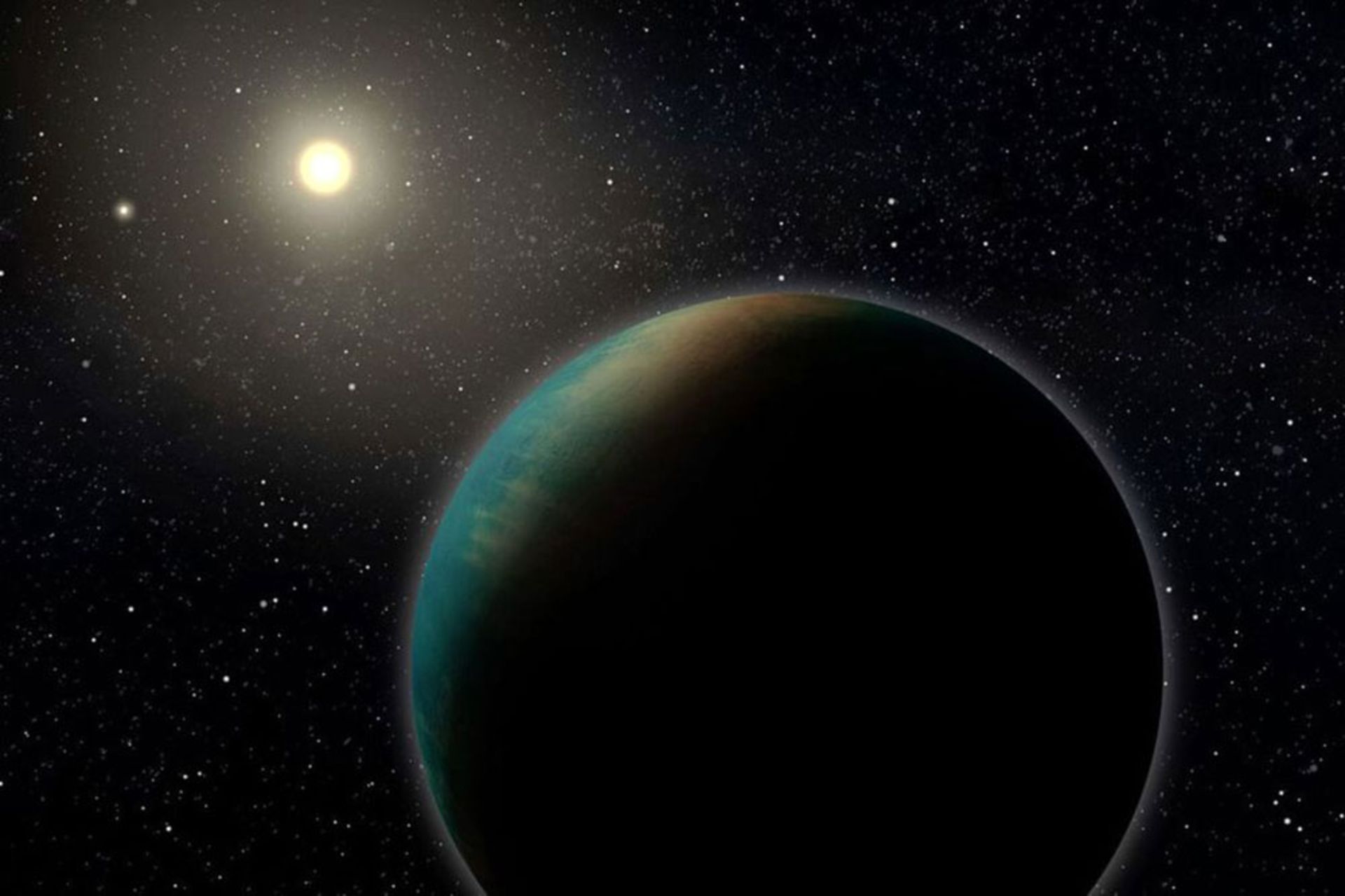 Illustration of TOI 1452b, a super-Earth planet.
Illustration of TOI 1452b, a super-Earth planet.
The planet TOI-1452b is located in the orbit of a red dwarf star at a distance of 100 light-years from Earth. Researchers discovered this planet through the blocking of starlight and its fluctuations.
Based on the obtained information, the planet TOI-1452b is almost 70% larger than the Earth and therefore it is included in the group of super-Earth planets. The planet also orbits its star once every 11 days. The density of this planet indicates that it has a liquid ocean surface as well as rocky and metallic compositions like planet Earth. Surprisingly, water makes up 30% of TOI-1452b’s mass. While water on earth is only 1% of its mass.
WASP-39b, the first planet with a carbon dioxide atmosphere
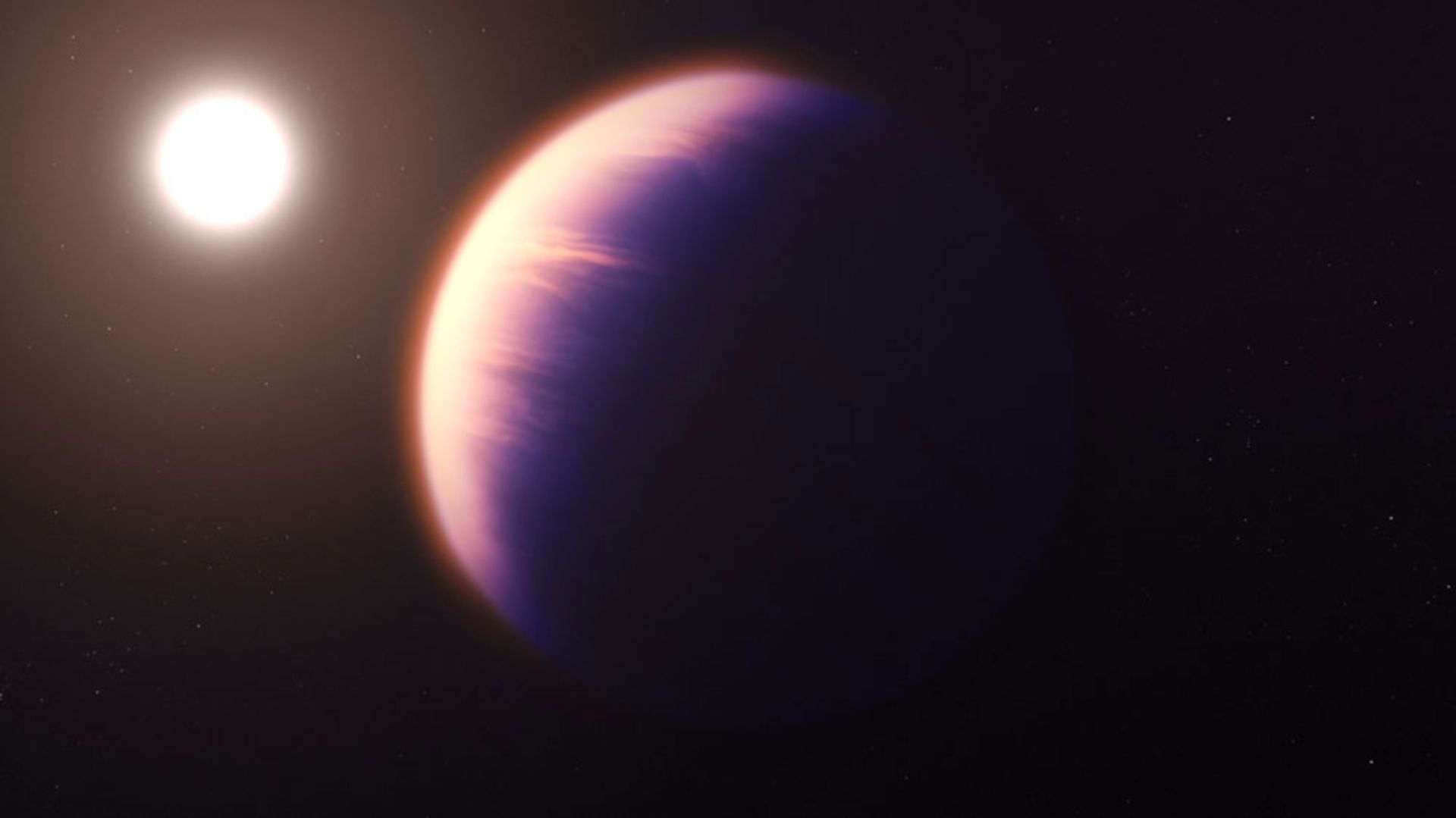 An artist’s rendering of the exoplanet WASP 39b
An artist’s rendering of the exoplanet WASP 39b
The James Webb Telescope’s Near-Infrared Spectroscopy (NIRSpec), closely observing the exoplanet WASP-39b, found clear evidence of carbon dioxide in its atmosphere. This is the first time that this familiar gas has been discovered on Earth in a planet outside the solar system. The spectrum of 3 to 5.5 microns, which is the infrared ratio of the transmission spectrum, is useful not only for detecting carbon dioxide but also for water and methane, which are all indicators of life.
WASP 39b, with a temperature of 870°C, is a hot Jupiter-type planet about 700 light-years from Earth. The mass of this planet is equal to a quarter of the mass of the planet Jupiter, but its diameter is 1.3 times larger than Jupiter. The planet also orbits a Sun-like star at such a high speed that it completes its orbit in just four days.
WASP 103b, the rugby ball planet
 A rendering of the planet wasp103b that resembles a rugby ball.
A rendering of the planet wasp103b that resembles a rugby ball.
WASP-103b, shaped like a rugby ball, is the first non-spherical exoplanet ever discovered. This planet, which completes its orbit around its star in less than a day, has strong gravitational forces that have turned it into a rugby ball.
The Cheops telescope of the European Space Agency discovered this strange planet in the constellation of Hercules. The planet WASP 103b, twice the size of Jupiter, is very close to its star.
51 Pegasi b; The first planet around a Sun-like star
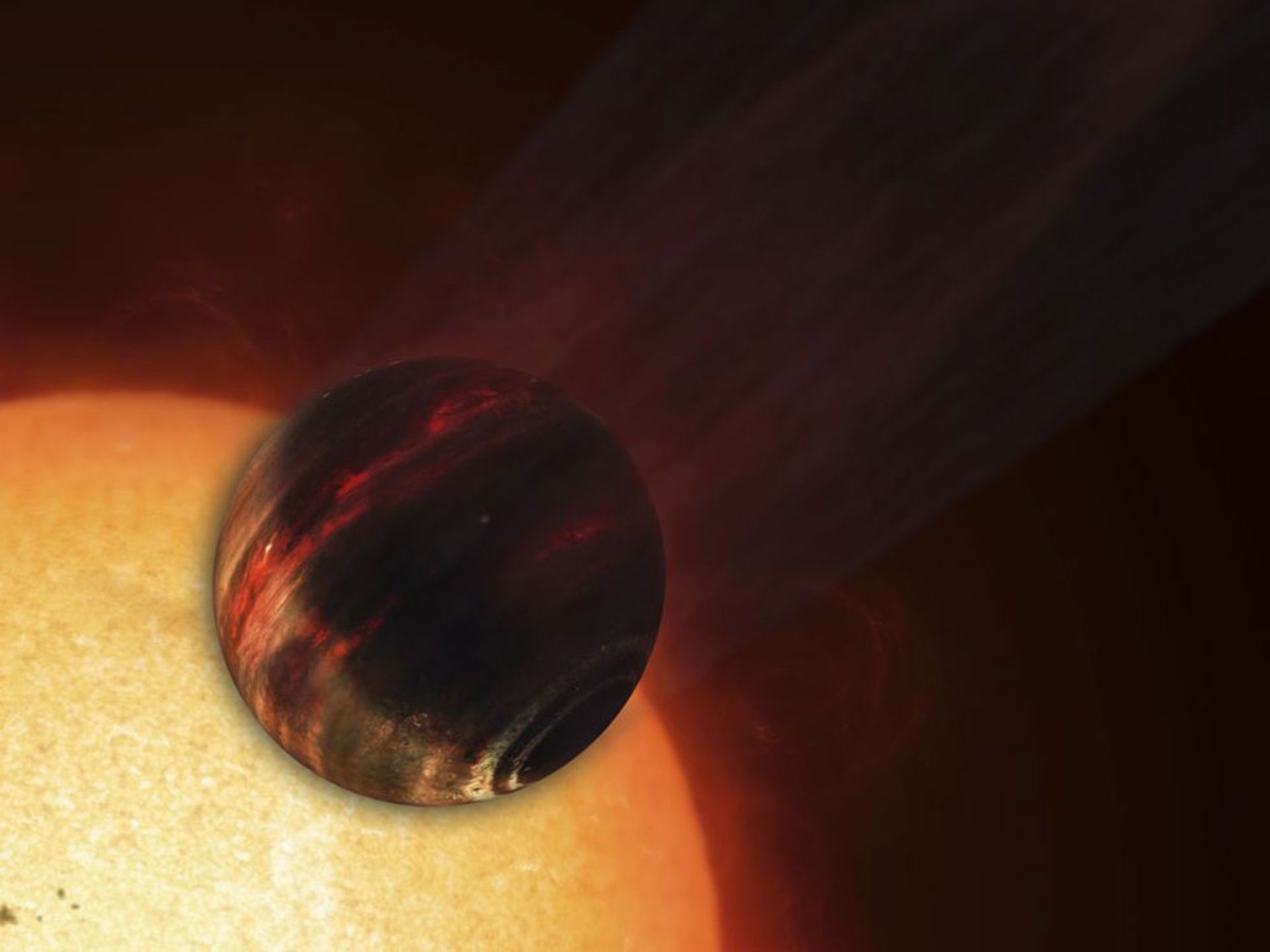 Illustration of the exoplanet Pegasi B 51
Illustration of the exoplanet Pegasi B 51
Although 51 Pegasi b is not the first exoplanet discovered, it can be considered the first example discovered around a Sun-like star. In addition, this planet has no resemblance to the planets we know. This huge world completes its star orbit in just a few days.
In 2015, the atmosphere of 51 Pegasi b was studied in the visible spectrum. As a result, researchers were able to find out the real mass or orbital orientation of this planet through its light.
PSR B1620-26b; The oldest known planet
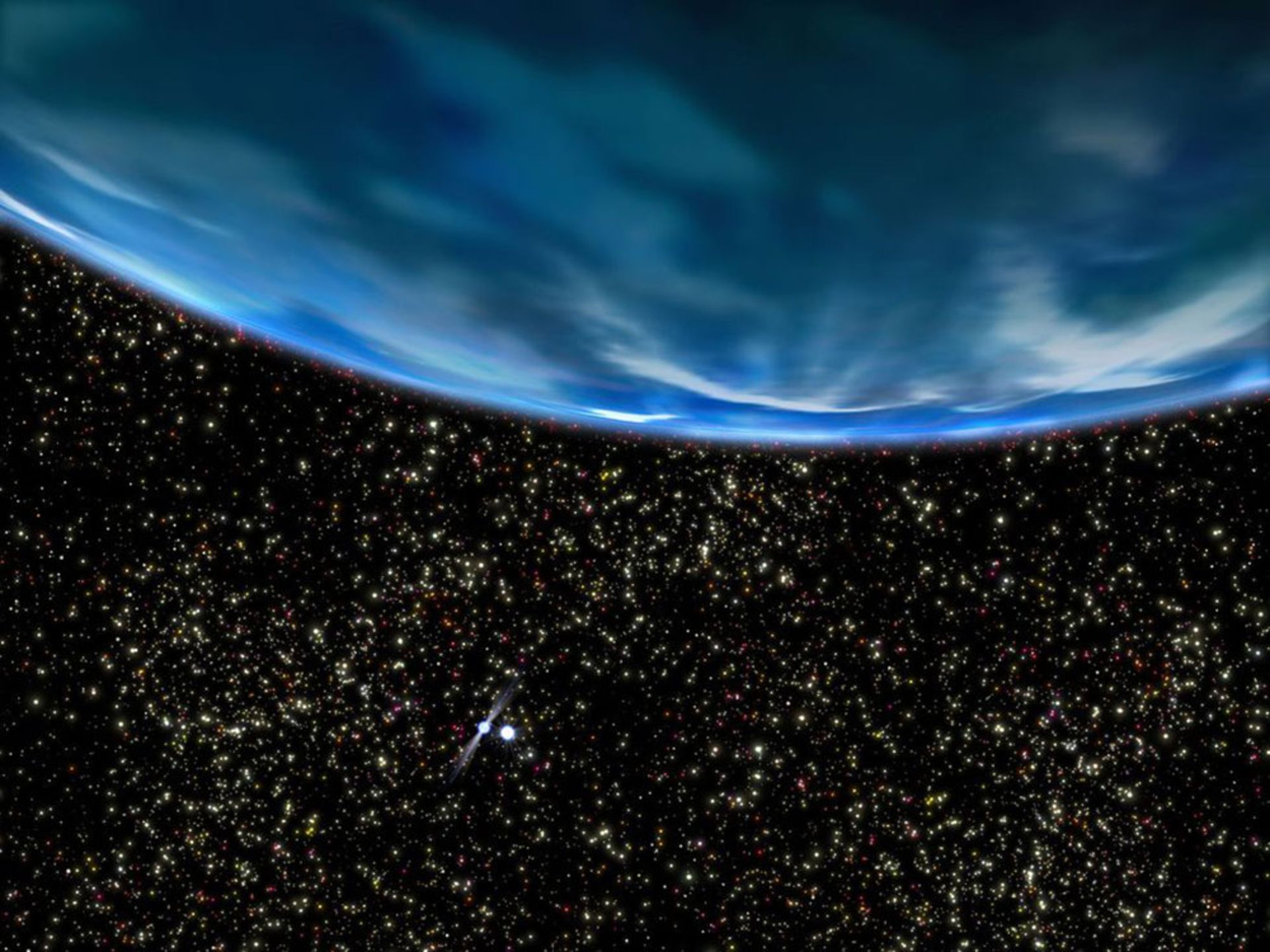 PSR B1620 is the oldest known exoplanet.
PSR B1620 is the oldest known exoplanet.
The name PSR B1620-26b may not be as easy to pronounce as many exoplanets. However, this planet, with an approximate age of 12.7 billion years, is the oldest planet ever discovered. This planet is only slightly younger than the age of the entire universe. This ancient planet orbits a pulsar as well as a superdense white dwarf at the same time. These two stars revolve around each other and the gas giant planet also revolves around their gravitational axis.
Gliese 876d; rocky planet
 Illustration of the rocky planet Gliese 876d
Illustration of the rocky planet Gliese 876d
The planet Gliese 876d is only 15 light-years away from Earth, and due to its small size, it belongs to the group of rocky planets. Of course, this planet is slightly bigger than our Earth. By all accounts, Gliese 876d is a hell of a world. This planet is very hot, yet since its discovery in 2005, it has been considered important evidence for the existence of rocky worlds outside the solar system.
Kepler-11f; gas dwarf
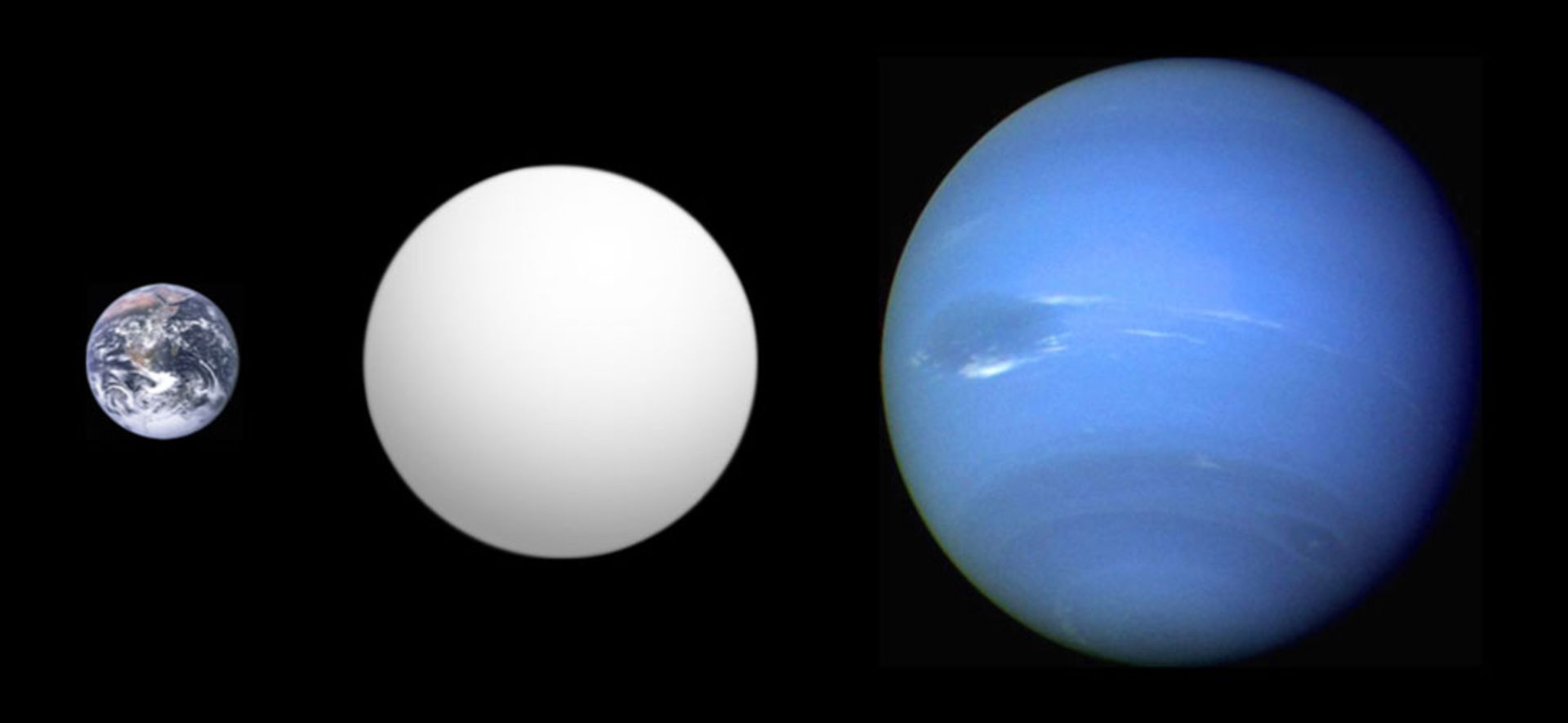 Some planets like Kepler 11f are mini-Neptunes.
Some planets like Kepler 11f are mini-Neptunes.
There is a problem with the classification of smaller exoplanets; So far, we have observed several planets in space that are larger than Earth but smaller than Neptune; But we don’t have such a group in the solar system. For this reason, it is difficult to guess that rocky planets like Mars and Earth can grow to what extent? Or exactly in what dimensions do they become gas giants like Uranus and Neptune?
Kepler 11f is a mini-Neptune planet. The density of this planet shows that it has an atmosphere similar to Saturn and a small rocky core. This planet led to the creation of a new category called gas dwarf, which does not exist in our solar system.
Kepler-452b; Earth-like planet
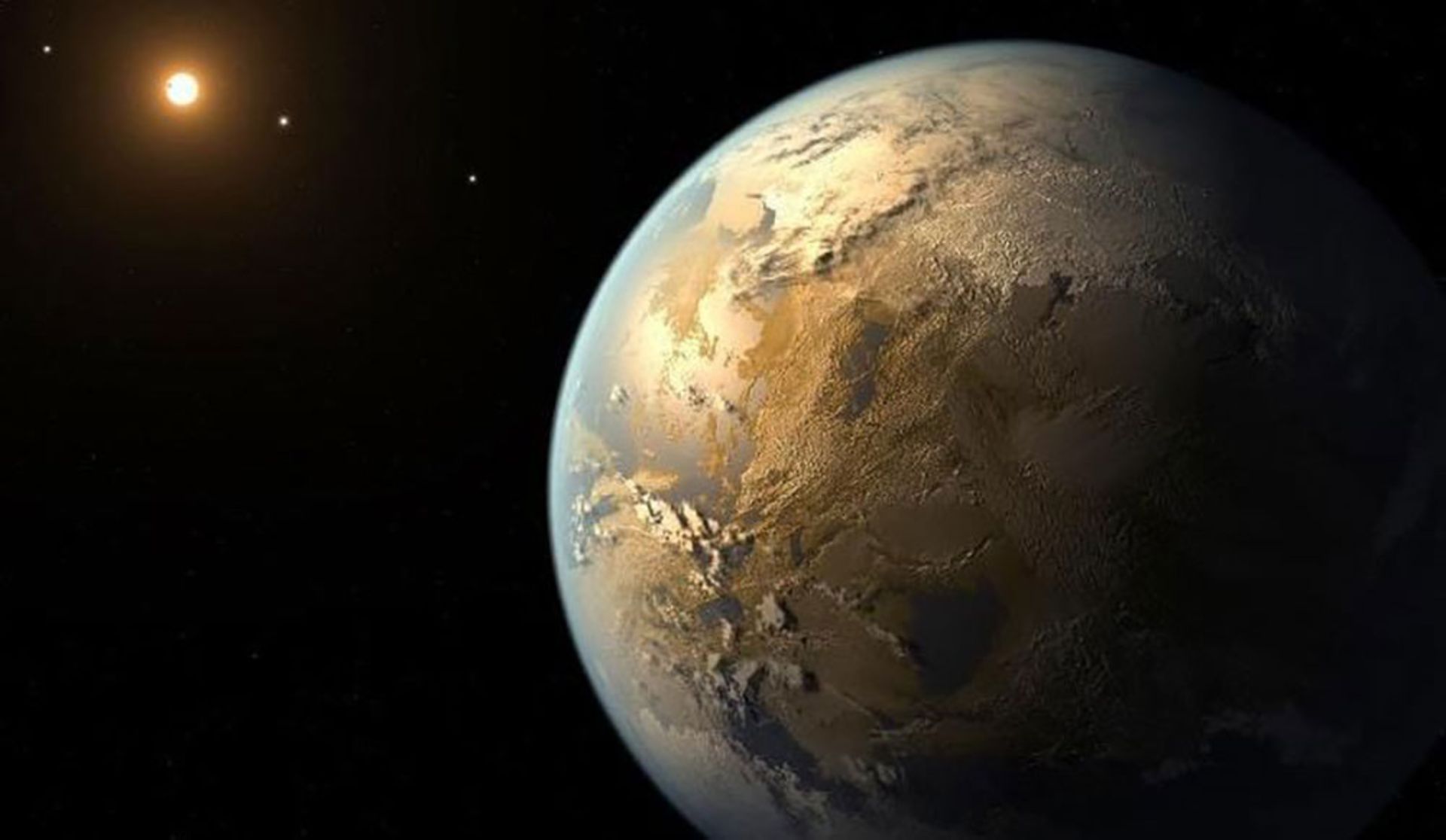 The Kepler 452b planet can be considered the most Earth-like planet.
The Kepler 452b planet can be considered the most Earth-like planet.
Kepler 452-b can be considered the most Earth-like planet ever discovered. The star of this planet is the same size as the sun and its year is slightly longer than the Earth’s year. Of course, this planet is slightly larger than Earth, but it is definitely located in the life belt of its star.
However, there are a few problems with Kepler 452b: First, the planet is more than 1,000 light-years away from Earth, so we’ll never reach it. It is also 1.5 billion years older than Earth, so it can be said that its host star has grown so much that it has made the planet uninhabitable. So maybe it was Earth’s twin many years ago.
Search for life in extrasolar planets
One of the biggest questions of mankind is whether there is life outside the earth. The James Webb Space Telescope, launched in 2021, has found evidence of the essential ingredients for extraterrestrial life: a mixture of gases in the atmospheres of Earth-like exoplanets. This telescope was able to discover atmospheric signs similar to Earth, such as oxygen, carbon dioxide, and methane, which are strong indicators of possible life.
Probably, future telescopes will be able to detect the signs of photosynthesis, which is the conversion of sunlight into chemical energy necessary for plants. Or maybe they can detect gases and molecules from animal life. Also, extraterrestrial intelligent life probably creates atmospheric pollution that can be detected from a distance.
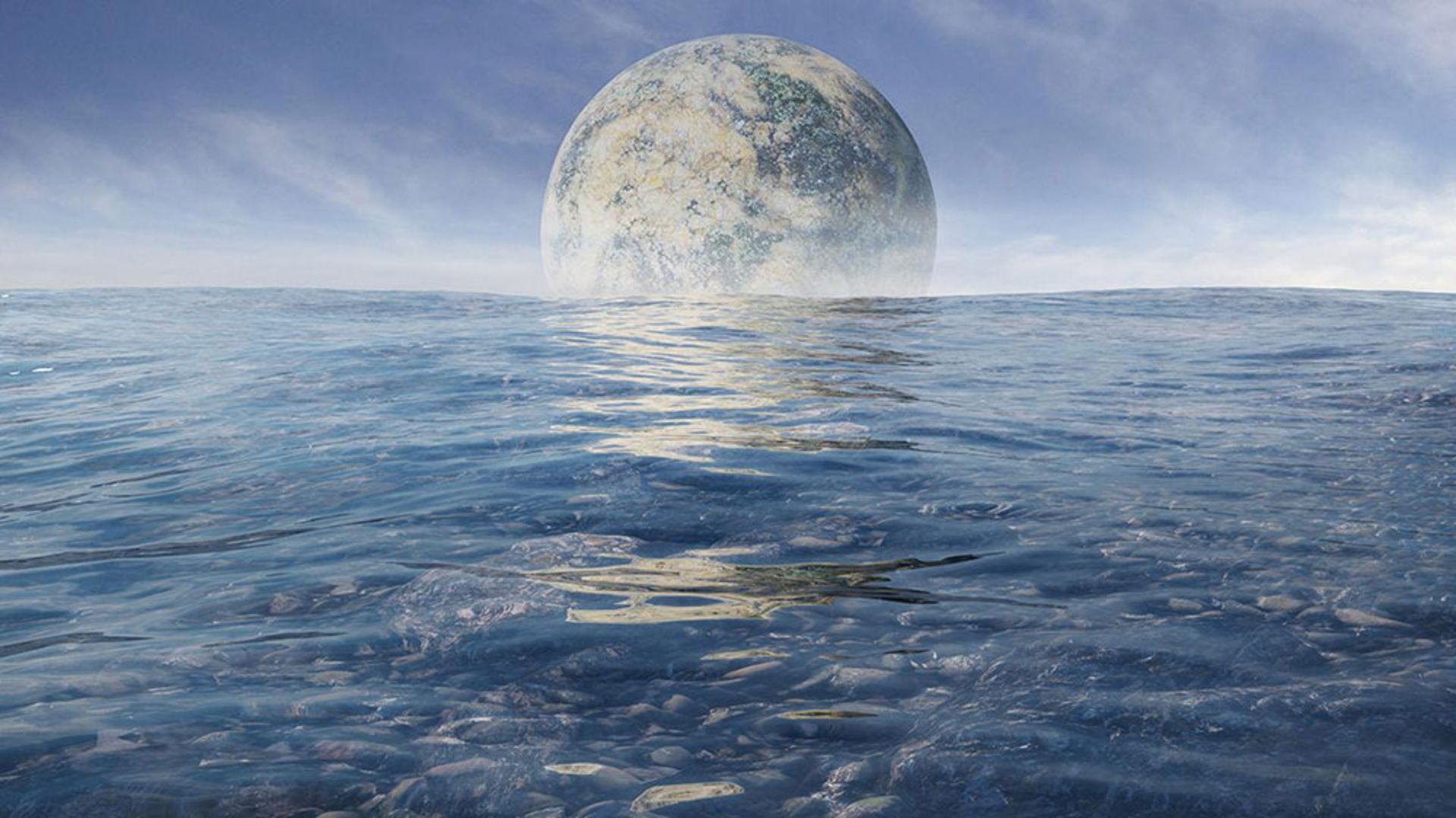 In the area of the life belt, it is possible for liquid water to flow on the surface of the planet.
In the area of the life belt, it is possible for liquid water to flow on the surface of the planet.
So far, more than 5,000 exoplanets have been discovered, but their total number can reach trillions. One of the best tools for scientists to increase the accuracy of searches is the area known as the life belt. As we said in the previous section, the life belt is a distance from the orbit of a star whose temperature is suitable for the flow of surface liquid water.
Many other conditions are necessary for the formation of life on exoplanets: first of all, the size of the planet and the right atmosphere are important. Also, the host star must be stable and not emit deadly flares. Lifebelt is just one way to narrow down searches. So far, many Earth-like planets have been discovered, however, more advanced tools are needed to increase the accuracy of searches.
Interesting facts about exoplanets
In the era of innovation, we are getting closer to the outside world every day. Searching for extrasolar planets has been one of the latest human space adventures. In this section, we discuss interesting facts and points about these mysterious objects.
Detecting the color of an exoplanet for the first time in 2013
The study and discovery of extrasolar planets began in the ’90s, But it was in 2013 that researchers were able to identify the color of an exoplanet for the first time. Based on a measure called reflectivity, astronomers obtained a dark blue color for the planet HD 189733b. It was from this point that the colors of other exoplanets were obtained. For example, the color of the planet GJ 504b is purple. According to astronomers, helium planets are mostly white or gray.
There are 10 billion Earth-like planets in the Milky Way
According to estimates, the number of Earth-like planets in the Milky Way alone reaches ten billion. Kepler 22b was discovered in 2011 as the first exoplanet in the habitable belt. When the news of this discovery spread, people immediately fantasized about life on such a planet. However, the distance of 587 light years from Earth means that we have to spend thousands of years to reach this exoplanet. This planet is currently under investigation.
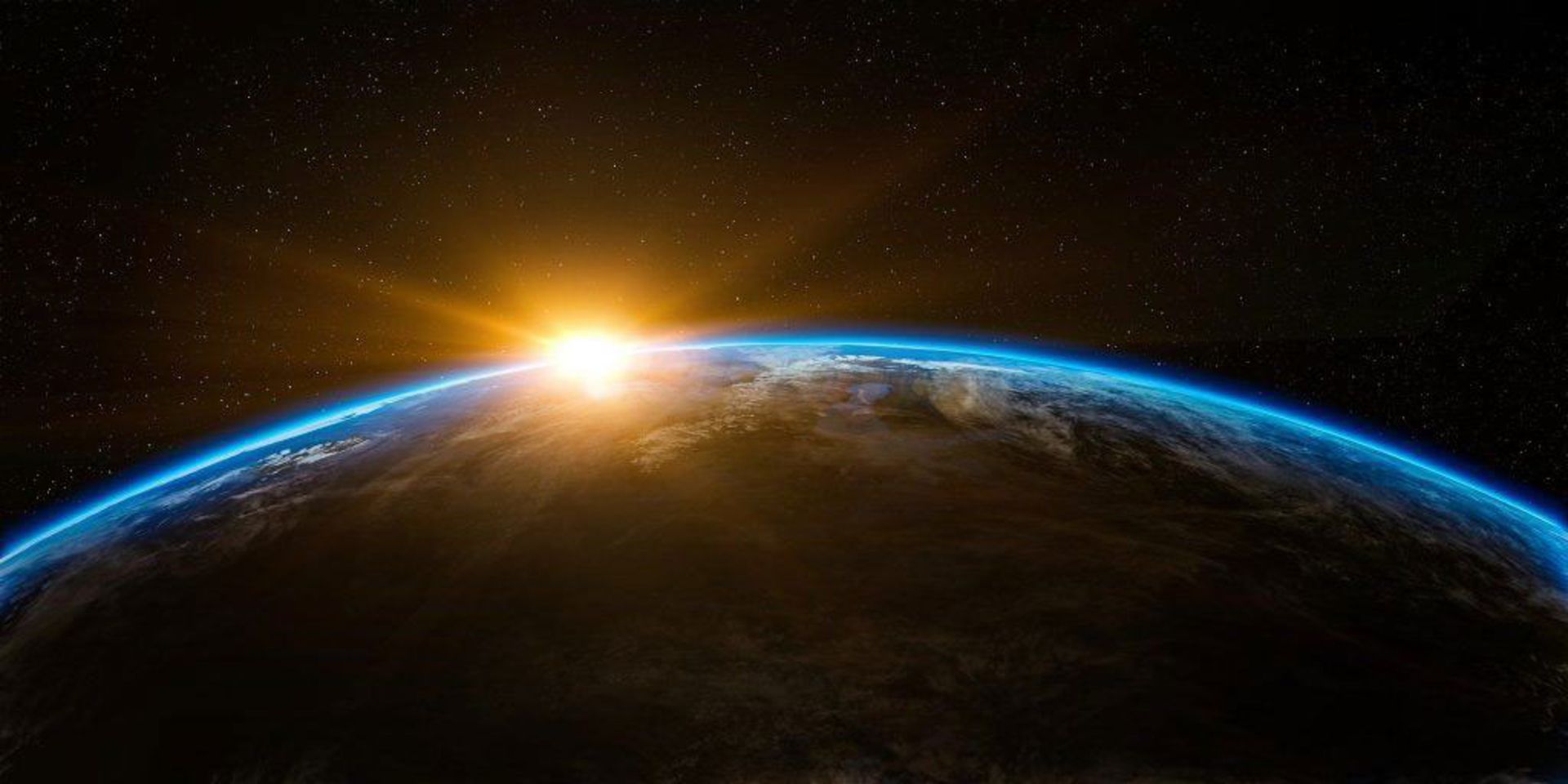 There are 10 billion Earth-like planets in the Milky Way
There are 10 billion Earth-like planets in the Milky Way
NASA’s Kepler space telescope has discovered the most exoplanets
NASA’s Kepler Space Telescope, which was launched for the first time in 2009, was dedicated to the search for exoplanets. Initially, the Kepler mission was supposed to last only 3.5 years, however, this spacecraft continued its investigations until 2018. This telescope definitively discovered more than 2,600 exoplanets.
The possibility of exoplanets around stars with high metallicity
Most of the physical materials in the world are composed of hydrogen and helium. Metallicity is the term astronomers use to describe elements other than helium and hydrogen. According to data collected by the Kepler telescope, stars with more diverse elements are more likely to host exoplanets in their orbits.
Using the gravitational microlensing method to observe exoplanets
In the gravitational microlensing method, a star other than the exoplanet host is used. When a star passes in front of another star, its gravity acts like a lens that magnifies the light of the other star. If the lensed star has a planet in its orbit, the exoplanet’s mass increases the magnification effect. Astronomers used this method to search for more than 20 exoplanets.
Most exoplanets were discovered through radial velocity
The general rule for identifying exoplanets is to observe the motion of their star. This method, which is also called Doppler oscillation, has been the most successful method for discovering exoplanets, so far 400 planets have been discovered this way. The radial velocity of the star changes due to the gravitational pull from the planet around it. In this case, the star seems to be sliding.
The transit method is the easiest way to find exoplanets
The transit method, which from our point of view is the burning of a star, is one of the common methods for discovering exoplanets. Using this method, astronomers can estimate the orbits and mass of exoplanets from Earth through their flickering frequency.
Exoplanets can orbit more than one star
Unlike the Solar System, where planets orbit a single star, some planetary systems can have more than one star. These double or triple systems provide unique contexts with multiple radiation sources.
Exoplanets can have harsh climates
Some exoplanets show strange weather phenomena. Hot Jupiters, for example, can reach scorching temperatures and violent storms.
Some exoplanets have strange orbits
Not all exoplanets follow an elliptical or circular pattern of orbital motion. Some planets have eccentric, elongated orbits, taking an adventurous journey around the axis of their star. Exoplanets can have unique atmospheres
By analyzing the light passing through the atmosphere of exoplanets, scientists can gain interesting insights about the composition of these planets. The atmosphere of some extrasolar planets has elements such as iron vapor, carbon dioxide, and even methane.
Conclusion
An exoplanet is a planet outside the solar system that is classified into different groups and types. The first group are rocky planets similar to Earth or larger than Earth, which are also called super-Earths. Super-Earths can eventually become gas planets known as mini-Neptunes. The next group is the gas planets, which are divided into gas giants, ice giants, and hot Jupiters.
So far, more than 5000 exoplanets have been discovered and confirmed, and this number is increasing day by day. According to estimates, there are only 10 billion Earth-like planets in the Milky Way. Earth-like planets are usually located in the life belts of their stars. In the zone of the life belt, the temperature of the planet is so suitable that it is possible for surface liquid water to flow on it, and this feature can increase the potential for life. Researchers hope to get more data from exoplanets by building more advanced telescopes because understanding exoplanets will help us to better understand our planet and the world around us.


Seven surprising discoveries about the planet Mercury
Mercury, which is very close to the Sun, seems to be a dead planet. Scientists used to think that it was just a lump of rock close to the Sun and a hostile world: the day and night side of the planet witnessed a temperature difference of nearly 600 degrees Celsius.
But now it has been proven that Mercury is a world of contradictions and a dynamic planet that hides unexpected surprises. A thin atmosphere, a magnetic field, and a reservoir of volatile compounds still exist on this planet, and scientists often associate these features with planets that are larger and farther from the Sun.
“We expected Mercury to be a hot, baked object,” says Deborah Domingo, a senior scientist at the Institute for Planetary Sciences. He says the observations of the last few decades have changed the scientists’ belief about this planet. Evidence shows that Mercury is not just a dry mass of rock. One of the wonders of this planet is that it still has bubbles of ice.
So far, only two missions have reached Mercury. The third mission is Bepi Colombo (a joint mission of the European Space Agency and Japan Aerospace Exploration Agency), which is on its way and will reach its destination in late 2025.
While the few ground-based observations and space missions have not yielded much knowledge, they have helped clear up many early misunderstandings about Mercury’s mysteries. In the following, we mention some of the most amazing discoveries that have been made about Mercury.
Mercury has a metallic core
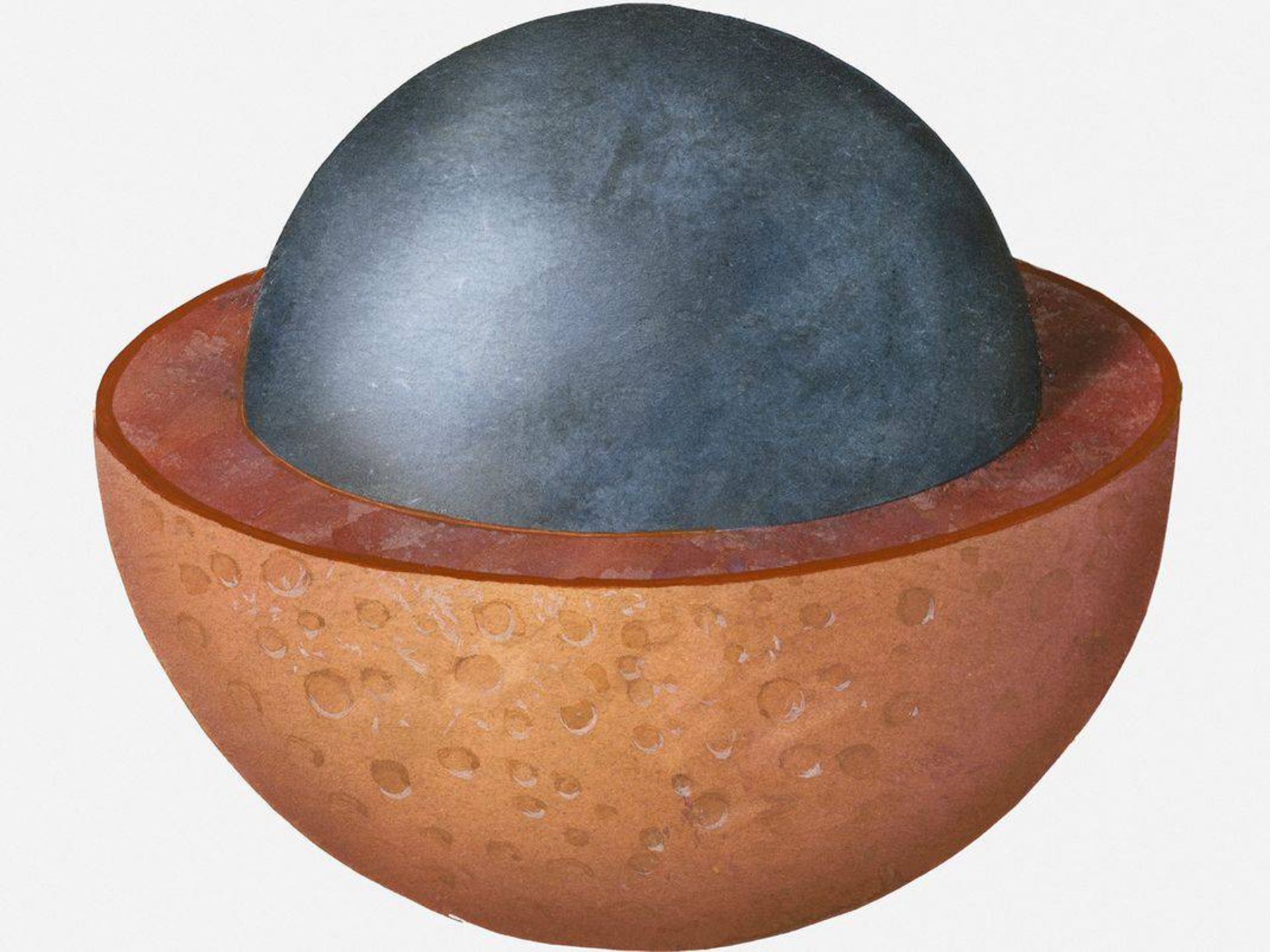
Mercury may be small, but it is heavy. Although the diameter of Mercury is not much larger than the diameter of the Moon, its mass is more than four times that of the Moon. After Earth, Mercury is the densest planet in the solar system. The planet’s high density comes from the fact that it has a large iron core that makes up about 60% of the planet’s mass. In contrast, the Earth’s core contains only about 15% of the planet by volume.
Read more: Why there is no gaseous moon in the solar system?
Turbulence inside Mercury creates a magnetic field
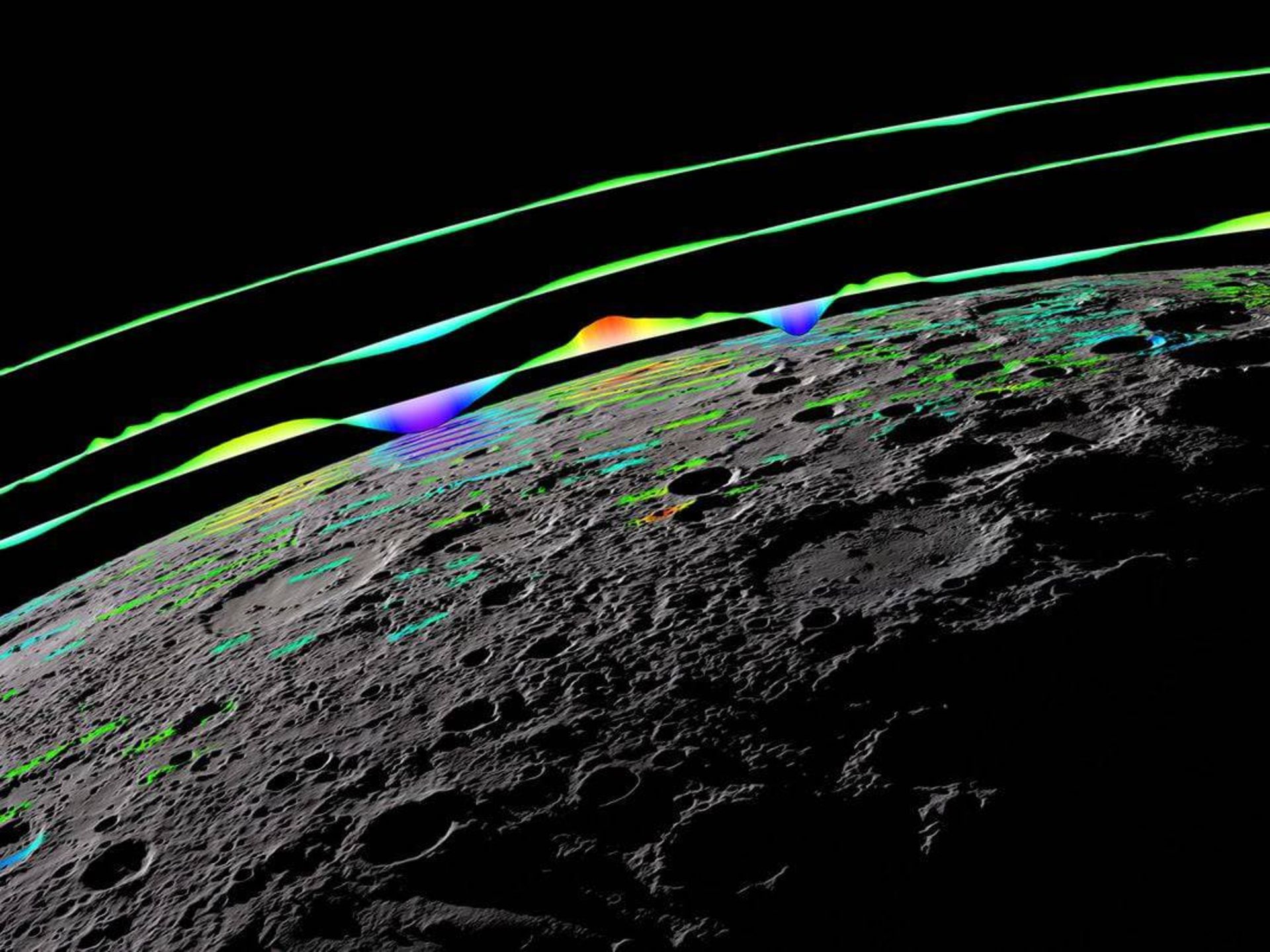 Small magnetic field signals from the surface of Mercury are evidence of a global magnetic field in its early history that is still present.
Small magnetic field signals from the surface of Mercury are evidence of a global magnetic field in its early history that is still present.
The first mission to Mercury, Mariner 10, was carried out in 1973 and showed that the planet has a magnetic field. This discovery came as a surprise to the scientific community, who had assumed that such a small planet would quickly cool and harden and lack a magnetic field. The presence of the magnetosphere indicates that part of Mercury’s core is still churning.
Mercury’s magnetic field is almost 100 times weaker than Earth’s magnetic field. The weak magnetic activity means that the planet is at the end of its evolution to become a dead planet like Mars.
In the 2010s, the second Mercury mission showed that the planet’s magnetic field was unbalanced. The magnetic south pole is not located on the geographic south pole but is buried about a fifth of the way inside the planet.
Antonio Genova, an aerospace engineer who studies geodesy and geophysics at Rome’s Sapienza University, says the magnetic field offers insights into the planet’s interior and its history, showing how its internal rotation has slowed over billions of years.
Mercury has a thin atmosphere
 The bright trail of Mercury
The bright trail of Mercury
Mercury has a thin atmosphere that cannot be considered a real atmosphere. Instead, scientists call this thin layer of gas the exosphere, where the gas is so thin that nothing like atmospheric pressure can be measured.
Astronomers in the 1980s detected atomic sodium, potassium, and calcium in Mercury’s exosphere, metals with strong emission signals visible from Earth with telescopes. These metallic elements are not usually considered as gases, but they make their way into the planet’s sky as a result of the impact of solar particles and meteorites on the surface of the planet.
Solar winds penetrate the resulting exosphere, and the interaction between gases and particles ejected from the Sun creates a 24 million km long glowing trail behind Mercury. The trail seasonally shortens and lengthens depending on the proximity of Mercury to the Sun. If you stand on Mercury and look up at the right time of year, Mercury’s long trail will appear as an orange glow in the sky.
There is ice at the poles of Mercury
 Mercury seems to have ice at its poles that is protected from solar radiation.
Mercury seems to have ice at its poles that is protected from solar radiation.
A planet so close to the Sun shouldn’t have water or ice, or so researchers thought. But in the 1990s, scientists at Goldstone in California and the Arecibo Radio Telescope in Puerto Rico directed a stream of radar signals toward Mercury. They were amazed to see two bright reflective spots at the poles, which were probably ice deposits.
In 2012, the MESSENGER spacecraft confirmed that the ice in the north pole of Mercury is frozen water. Surface laser measurements identified carbon-rich material on the surface that insulates the underlying ice.
Mercury has been able to retain its water because ice-containing bubbles lie beneath its permanent shadows. This planet rotates completely vertically in relation to its orbit around the sun; This means that impact craters near the poles have interiors that never see the light of day. The temperature inside these gaps is minus 170 degrees Celsius, which is close to the temperature at which nitrogen gas liquefies. “It’s cold enough there for the ice to be stable over geological timescales,” says Sean Solomon, a former planetary scientist at Columbia University and principal investigator of the MESSENGER mission.
Like many other rocky planets, the water on Mercury probably came from asteroids that landed on land. This water is hidden inside the craters of Mercury, which has not changed since the early times.
On other terrestrial planets in the solar system, geological processes such as climate circulation have spread the ejected water across the planet. Mercury’s poles are probably the best source if scientists want to sample intact ancient ice in the solar system, Solomon says.
Mercury contains various volatile substances
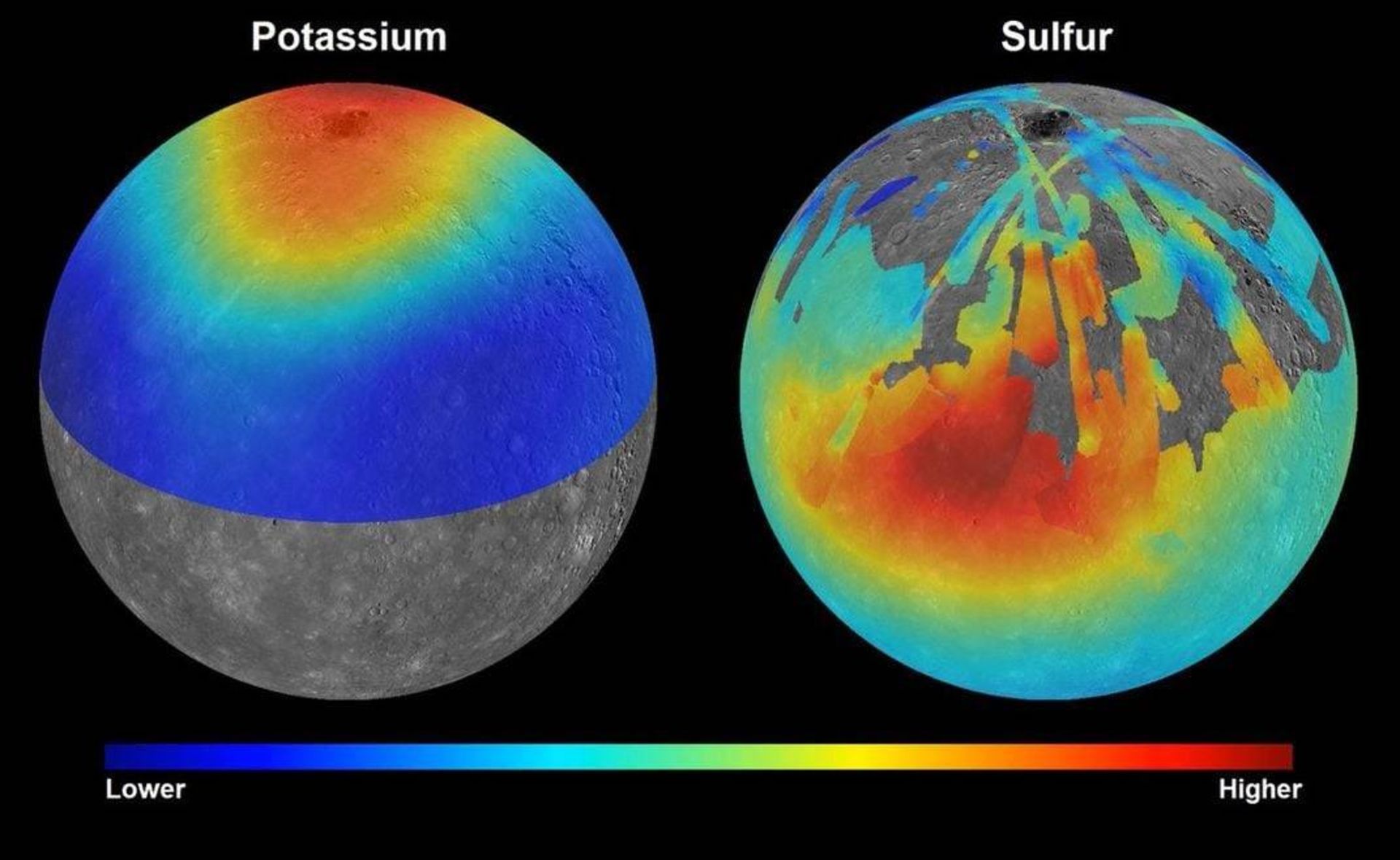 Mercury’s crust is rich in relatively volatile elements such as potassium and sulfur.
Mercury’s crust is rich in relatively volatile elements such as potassium and sulfur.
Mercury again challenged scientists’ expectations when the MESSENGER spacecraft detected volatiles in the burning world of Mercury. Volatile substances are chemicals that can change state between solid and gas phases in a short temperature change.
Mercury has already been proven to contain water, but the MESSENGER mission identified other elements such as sulfur, potassium, and chlorine that evaporate easily at relatively high temperatures. These volatile substances are spread all over the surface of the planet.
Due to its size, Mercury has higher amounts of volatiles than other Earth-like planets in the solar system, which are farther from the Sun and therefore much colder. Where the volatiles come from and how Mercury has preserved them is still a matter of debate among scientists.
Some researchers think the volatiles came from beneath the surface in recent history, while others think chemicals from Mercury’s embryonic days remained on its surface.
The presence of volatiles on Mercury raises questions. For example, if the planets that are close to their stars have volatile materials, especially water, could these regions be habitable? According to Domingo, Mercury shows that planets close to the Sun should not be ignored.
Mercury has irregular depressions on its surface. Mariner 10 first revealed them in 1975. Messenger then recorded high-resolution images of these areas. The depressions range from a few meters to more than 1.6 kilometers in width, and their depth reaches 36 meters.
Scientists believe that the holes may have been created by the escape of volatile substances. Since an atmosphereless Mercury has no wind or rain to batter the Earth, surface features such as craters can form as a result of other processes, such as the leakage of volatiles from land into space.
Craters are relatively young formations, averaging about 100,000 years old compared to the four-billion-year-old impact craters on Mercury. Scientists think the holes are still forming. These holes have only been seen on Mercury. It seems that other objects in the solar system do not have such effects.
In recent years, scientists have also identified other structures on Mercury: irregular ridges that cover a large portion of its surface. Some researchers believe that these uneven terrains are caused by the turbulent flow of fugitives from the depths of the planet. Other scientists think the bumps were caused by the impact of an asteroid.
Mercury was once volcanically active
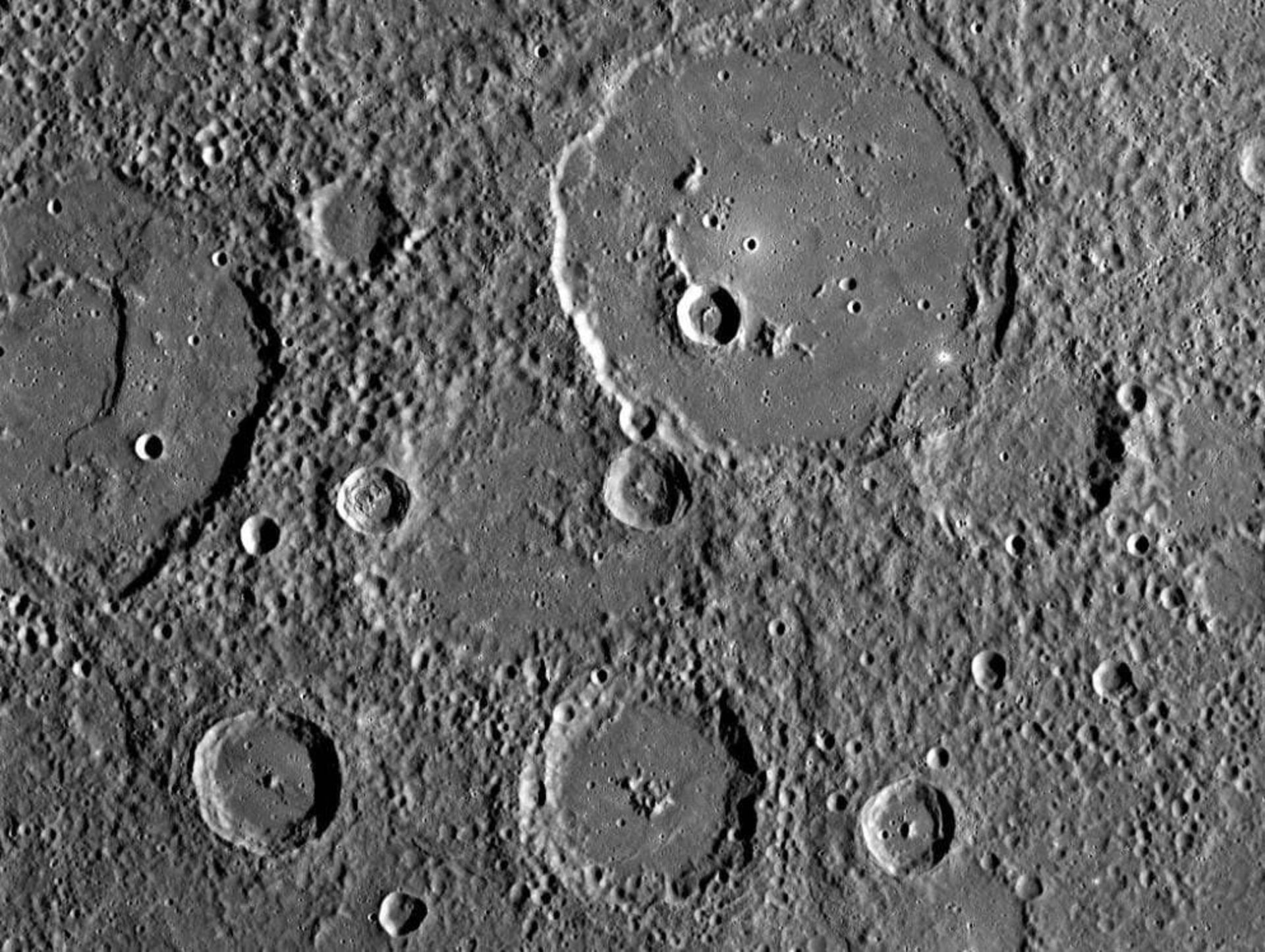 In this composite image taken by the MESSENGER spacecraft of the surface of Mercury, two large impact craters (top and left of the image) appear to have filled in and formed flat plains.
In this composite image taken by the MESSENGER spacecraft of the surface of Mercury, two large impact craters (top and left of the image) appear to have filled in and formed flat plains.
Mercury’s topography provides clues that volcanoes once spewed lava onto the planet’s surface. The MESSENGER spacecraft clearly showed the bright plains scattered across the surface of Mercury. Lava accumulated on older craters and ridges flattened to form plains. Researchers think that an active volcano on Mercury became dormant between 1 billion and 3.5 billion years ago as the planet cooled and contracted, blocking magma escape routes.
Mercury also shows signs of explosive volcanic activity. Irregular pits several kilometers long and more than three kilometers deep point to ancient pyroclastic volcanoes that have destroyed themselves. Around the pits, there are sediments that, according to researchers, were released as a result of volcanic explosions. These types of volcanic explosions are probably caused by volatile substances underground. When these buried chemicals come to the surface, their volume increases. Finally, the increase in gas pressure causes the volcano to explode.
BPI Colombo scientists hope to learn more about where the volatiles on Mercury come from. Mapping volatiles on the planet’s surface provides clues about how they got there. The origin of volatile substances is one of the main topics of space exploration.


Why there is no gaseous moon in solar system?
In the solar system, we have rocky moons (such as Earth’s moon ), oceanic moons (such as Europa and Enceladus ), and frozen icy moons (such as Triton), but there are no gaseous moons. Is it because of bad luck that we don’t have gas moons or is there a physical reason for their absence?
Indeed, gaseous moons exist! Although they are not in the solar system. Although more than 5,500 extrasolar planets have been discovered so far, only two possible extrasolar moons have been identified and the existence of none of them has been definitively confirmed yet. The strange thing about these two exosolar moons is that they are gas giants orbiting larger gas giants. Of course, as we shall see, they are the exceptions that prove the rule.
To understand why gas moons do not exist, at least in the solar system, it is better to learn how gas giant planets form.
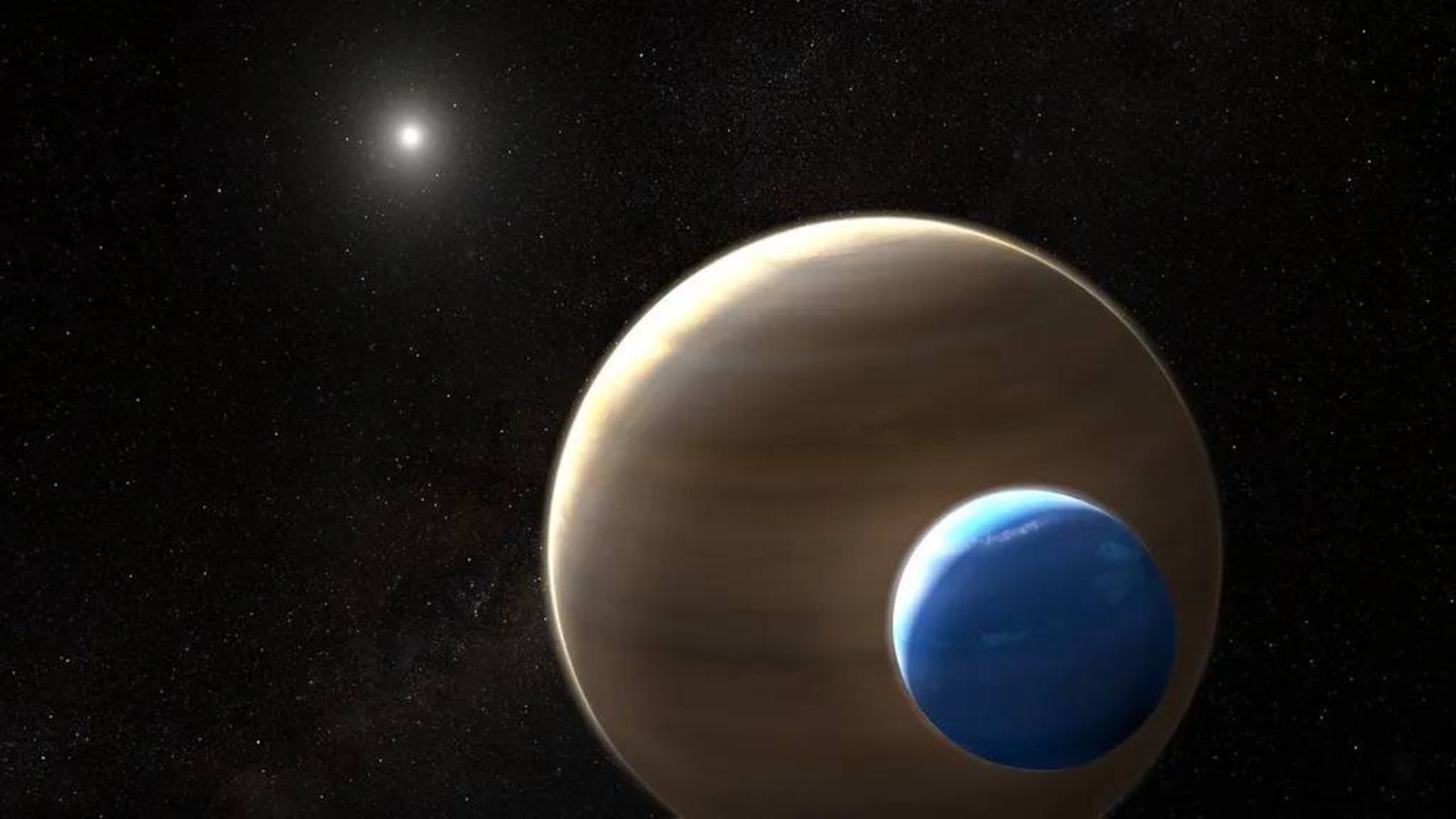 Artist’s impression of Kepler 1625b-i, the possible moon of the exoplanet Kepler 1625b and the star of the system.
Artist’s impression of Kepler 1625b-i, the possible moon of the exoplanet Kepler 1625b and the star of the system.
There are two scenarios for the formation of a gas giant planet: the bottom-up scenario and the top-down scenario.
The formation of gaseous worlds according to the bottom-up scenario
The bottom-up, or “core accretion” scenario, explains how the gas giant planets of the Solar System formed.
If we could go back 4.5 billion years, we would see a young Sun surrounded by a disk of gas and dust. All planets are formed from this protoplanetary disk. They first formed as rocky bodies and grew larger by collecting dust, pebbles, and surrounding asteroids. Some of them only grew to the size of Mars or Venus, but others continued to grow and became giant rocky bodies with about 10 times the mass of Earth.
When planets grow to such large sizes, their gravity is strong enough to pull huge amounts of gas from the protoplanetary disk. How much gas they stole and how big they grew depended on their gravity and the amount of gas available. But in the end, our solar system was left with four gas-giant planets, Jupiter and Saturn, and the ice giants Uranus and Neptune.
NASA’s Juno mission to Jupiter has detected gravity from a large, rocky, yet diffuse core about ten times the mass of Earth at the center of Jupiter, helping to find evidence for the core accretion model.
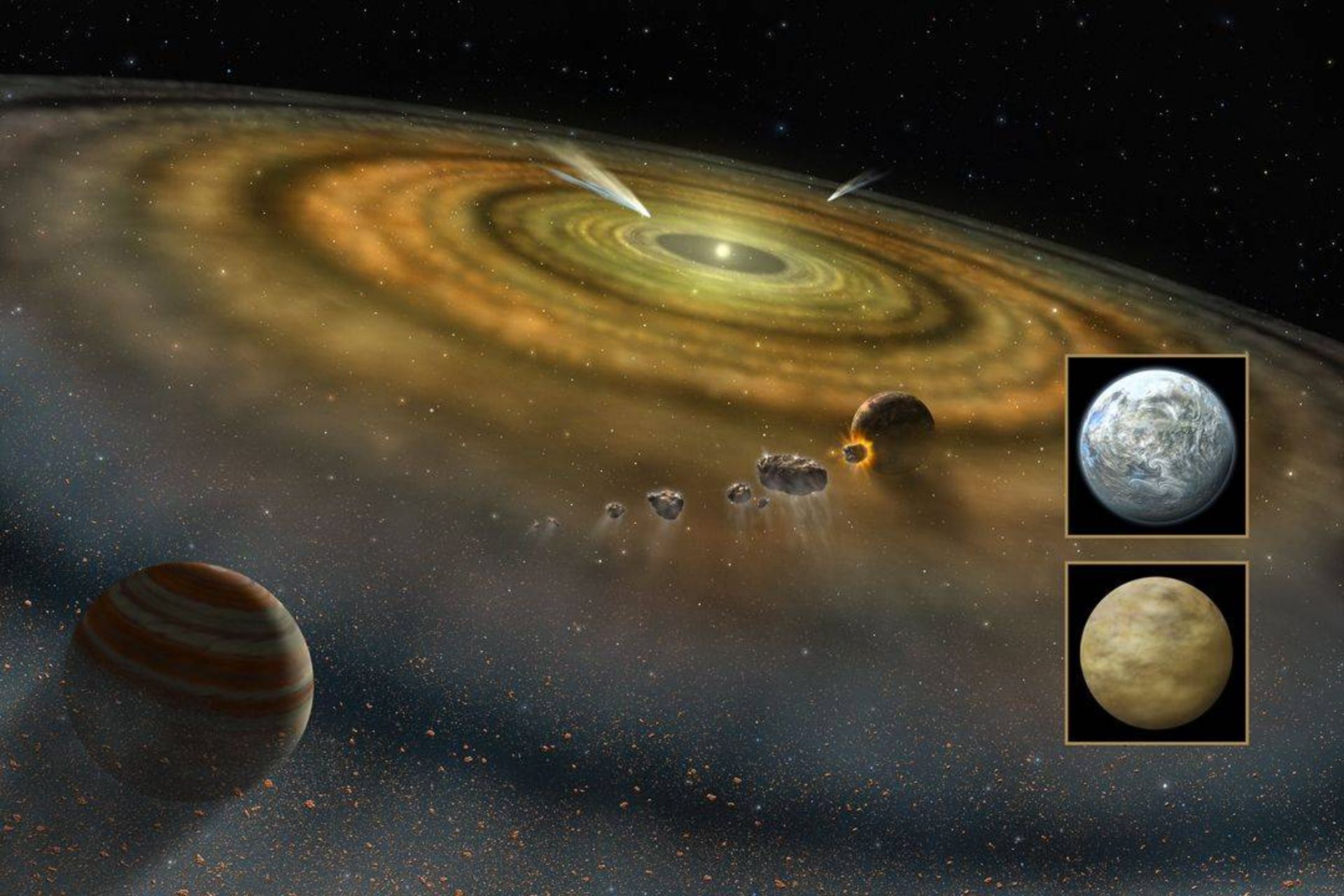 The planets of the solar system were formed during the bottom-up process or core accretion in the protoplanetary disk.
The planets of the solar system were formed during the bottom-up process or core accretion in the protoplanetary disk.
The formation of gaseous worlds according to the top-down scenario
In the bottom-up model, gaseous worlds, just like stars, form directly from the disintegrating mass of gas in the nebula. However, there is a minimum amount of mass that can produce this process.
When a large mass of gas contracts under its own gravity, it heats up because the gas is compressed into a smaller and therefore denser volume. But when the gas is hot, it tends to expand, so to maintain the contraction, the mass of gas must remove excess heat. As a result, we often see the collapse of gas clouds that glow as thermal infrared energy.
The radiation of enough heat so that the gas can cool and still decay depends on the dust’s opacity, temperature, and density, and the process becomes more inefficient in smaller objects; So, at a mass about three times that of Jupiter, it cannot generate enough heat to continue disintegrating. The smaller the volume, the cloudier and denser the dust becomes, and the process of radiating the excess heat due to gravitational contraction becomes increasingly inefficient. Therefore, an object smaller than three times the mass of Jupiter cannot form during the top-down process.
Why does the solar system not have a gaseous moon?
Most of the moons of our solar system, like their parent planets, were formed by the process of core accretion from the bottom up in disks of residual material that surrounded their parent planets. Since the planets had already collected most of the available material, there was not enough material left to form a moon with enough mass to have enough gravity to hold a large amount of gas. In fact, only one moon in the solar system even has an atmosphere, and that is Saturn’s largest moon, Titan. Similarly, the top-down process could not occur because there was not enough gas left.
 Titan, Saturn’s moon, is the only moon in the solar system that has an atmosphere.
Titan, Saturn’s moon, is the only moon in the solar system that has an atmosphere.
Strange moons
According to the explanations given, in the solar system, gaseous moons cannot be formed through the two conventional processes of producing gaseous universes. However, there are wonders in our cosmic neighborhood that are formed in a different way.
In the case of Earth, the Moon is likely formed from material blasted from Earth following a massive collision with a Mars-sized protoplanet. These remnants formed a ring that created the moon’s core through accretion. But could the impact of a gas giant planet eject enough gas to form a gas moon?
Unfortunately no. Rocky planets can experience such collisions, but remember when Comet Shoemaker-Levy 9 hit Jupiter in 1994 and disappeared, Jesse Christiansen of the California Institute of Technology told Space.com. Gas giants devour everything. Anything that hits a gas giant just becomes part of the gas giant instead of throwing debris into space.
Another strange case is the trapped moons. For example, the moons of Mars, Phobos, and Deimos, are trapped by the red planet’s gravity. Saturn’s outermost moon Phoebe is a captured comet mass, and Neptune’s moon Triton is a Kuiper Belt mass that was trapped by Neptune’s gravity millions of years ago. They did not form around the planet, but formed on their own in space and then drifted until they were finally trapped by a planet’s gravity.
Now, the question arises, can a smaller gas planet be captured by a larger gas planet? After all, gaseous worlds can reach up to 12 times the size of Jupiter, so in principle, they could trap a gaseous world the size of Neptune.
Gaseous extrasolar moons
It seems possible for smaller gaseous bodies to be captured by larger gaseous planets. “It’s possible that there are (gas) moons around the size of Neptune around giant exoplanets,” Christiansen said.
The two possible exomoons mentioned at the beginning of the article (Kepler 1625b-i and 1708b-i) are both gas giants in their own right but appear to be originally moons of larger gas giants. “Both of these are candidates,” Christiansen says. “We see something in the data that is consistent with the moon, but other phenomena could also explain it.”
Assuming that Kepler 1625b-i is a real moon, it has a mass 19 times that of Earth (about 6% of the mass of Jupiter), is similar in mass to Neptune, and accompanies a gas planet with a mass 30 times the mass of Earth and a diameter equal to half that of Jupiter. Kepler 1708b-i is probably less massive than Kepler 1625b-i, has a diameter about five times that of Earth (about half the diameter of Kepler 1625b-i), and orbits a gas planet 4.6 times the size of Jupiter.
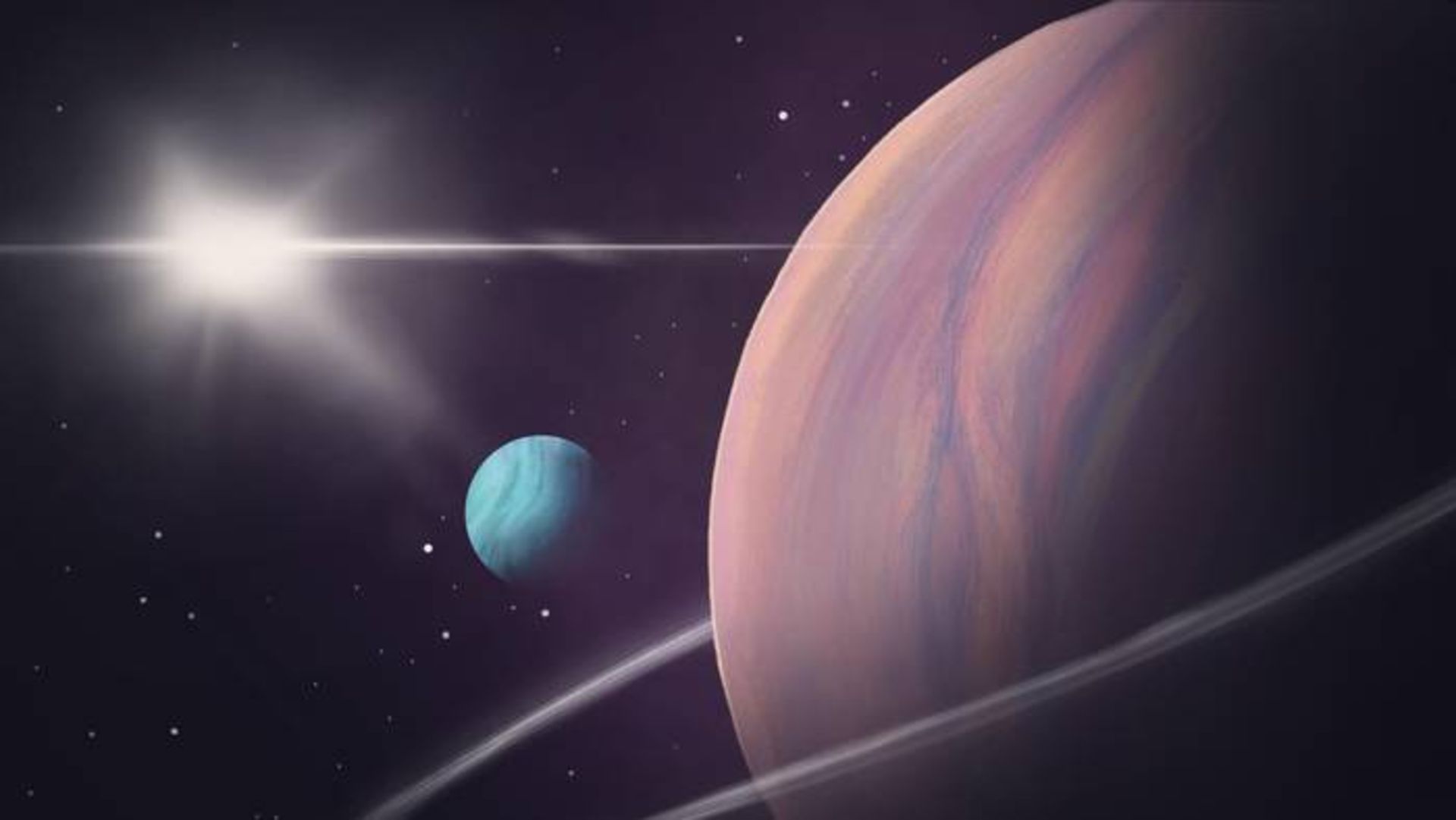 Artist’s impression of an exomoon orbiting the exoplanet Kepler 1708b.
Artist’s impression of an exomoon orbiting the exoplanet Kepler 1708b.
“They challenge a lot of theories,” says Christiansen. “It’s hard to find a way for moons to form, so they must be trapped.” Being trapped makes them virtually like captured moons in the solar system. Like planets, they form from accretion cores in the disk and are then captured as they migrate towards their star.
Migration appears to be a common process in young planetary systems. Migration is the astronomers’ explanation for objects known as “hot Jupiters,” which are gas giants very close to their star but may have originally formed further away.
The extrasolar moons Kepler 1625b-i and Kepler 1708b-i were captured by larger planets as they migrated in front of them. However, they are probably not true moons, but rather examples of binary planets rather than extrasolar moons.
A binary planet exists when both worlds orbit the center of mass between them, rather than one orbiting the other. In our solar system, we have a double planet in the form of Pluto and its largest companion, Charon.
So, gas moons exist somehow, but nature has to cheat to make them!


What is an exoplanet? Everything you need to know


Seven surprising discoveries about the planet Mercury


Why there is no gaseous moon in solar system?


The strangest things that can happen to humans in space


Motorola Edge 50 Ultra review


The secret of the cleanest air on earth has been discovered


Asus Zenbook 14 OLED laptop review


Motorola Edge 50 Pro


How extinct animals could be brought back from death?


Healing diabetic wounds with bacteria-killing hydrogel
Popular
-



 Technology9 months ago
Technology9 months agoWho has checked our Whatsapp profile viewed my Whatsapp August 2023
-



 Technology10 months ago
Technology10 months agoHow to use ChatGPT on Android and iOS
-



 Technology9 months ago
Technology9 months agoSecond WhatsApp , how to install and download dual WhatsApp August 2023
-



 Technology11 months ago
Technology11 months agoThe best Android tablets 2023, buying guide
-



 Humans1 year ago
Humans1 year agoCell Rover analyzes the inside of cells without destroying them
-



 AI1 year ago
AI1 year agoUber replaces human drivers with robots
-



 Technology10 months ago
Technology10 months agoThe best photography cameras 2023, buying guide and price
-



 Technology11 months ago
Technology11 months agoHow to prevent automatic download of applications on Samsung phones
